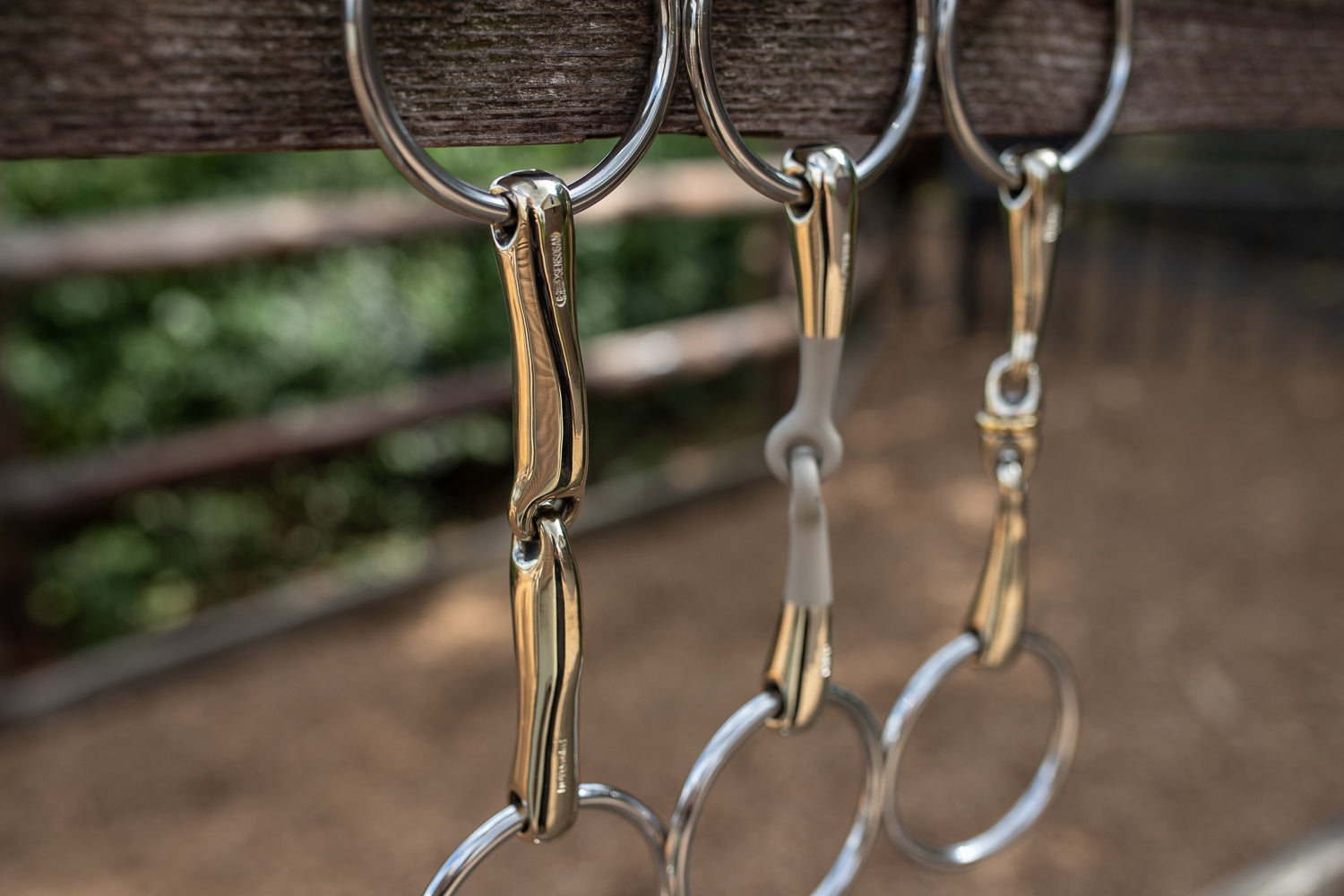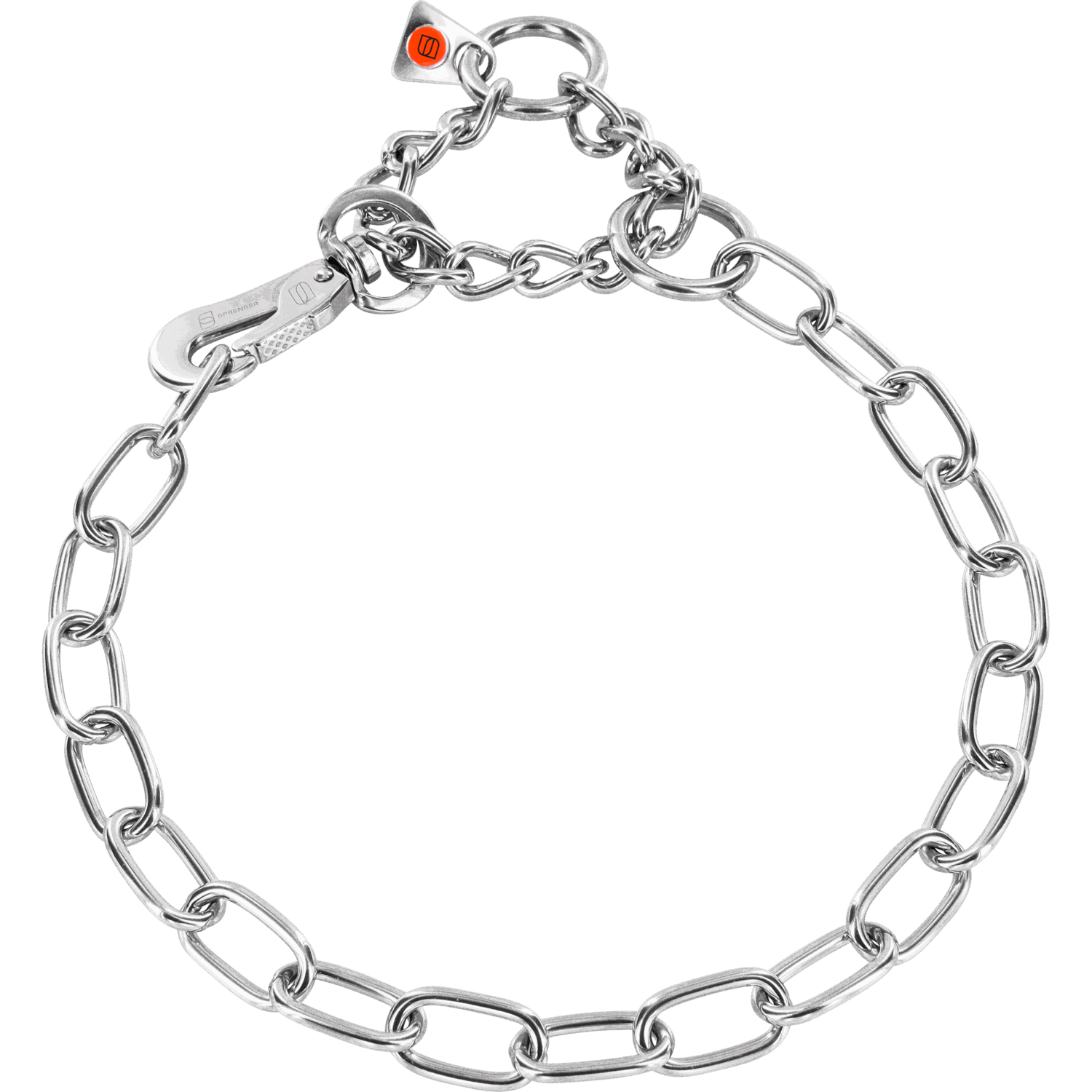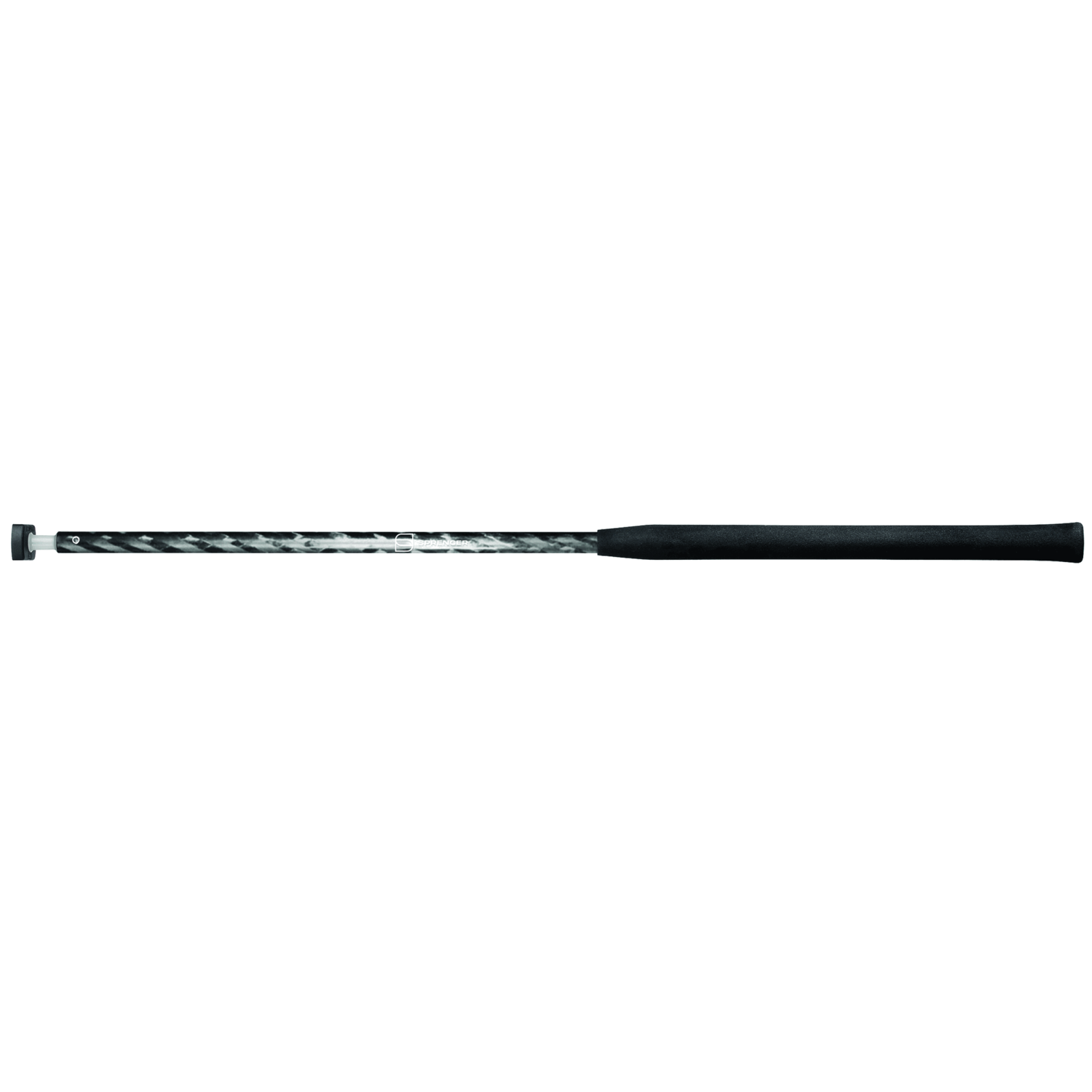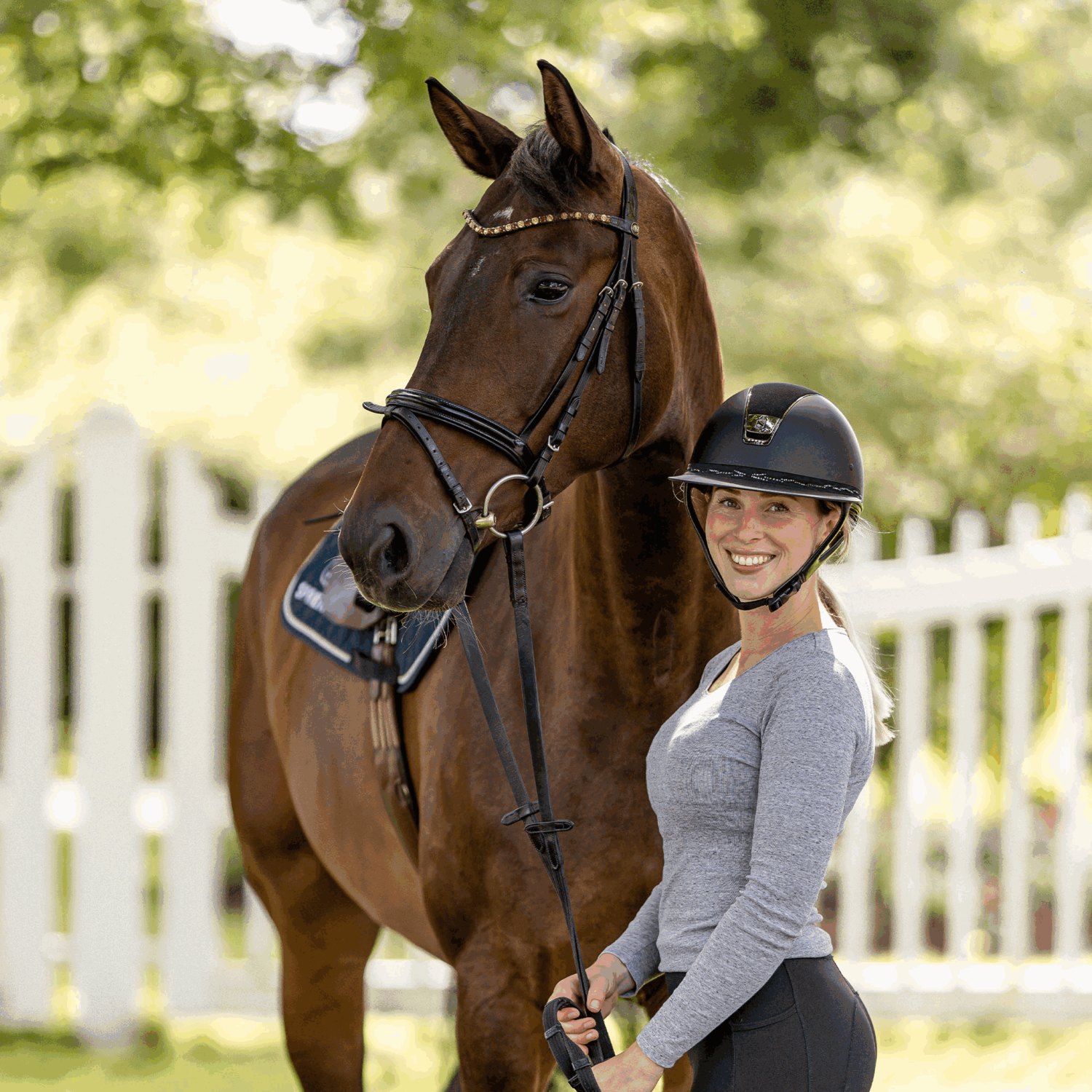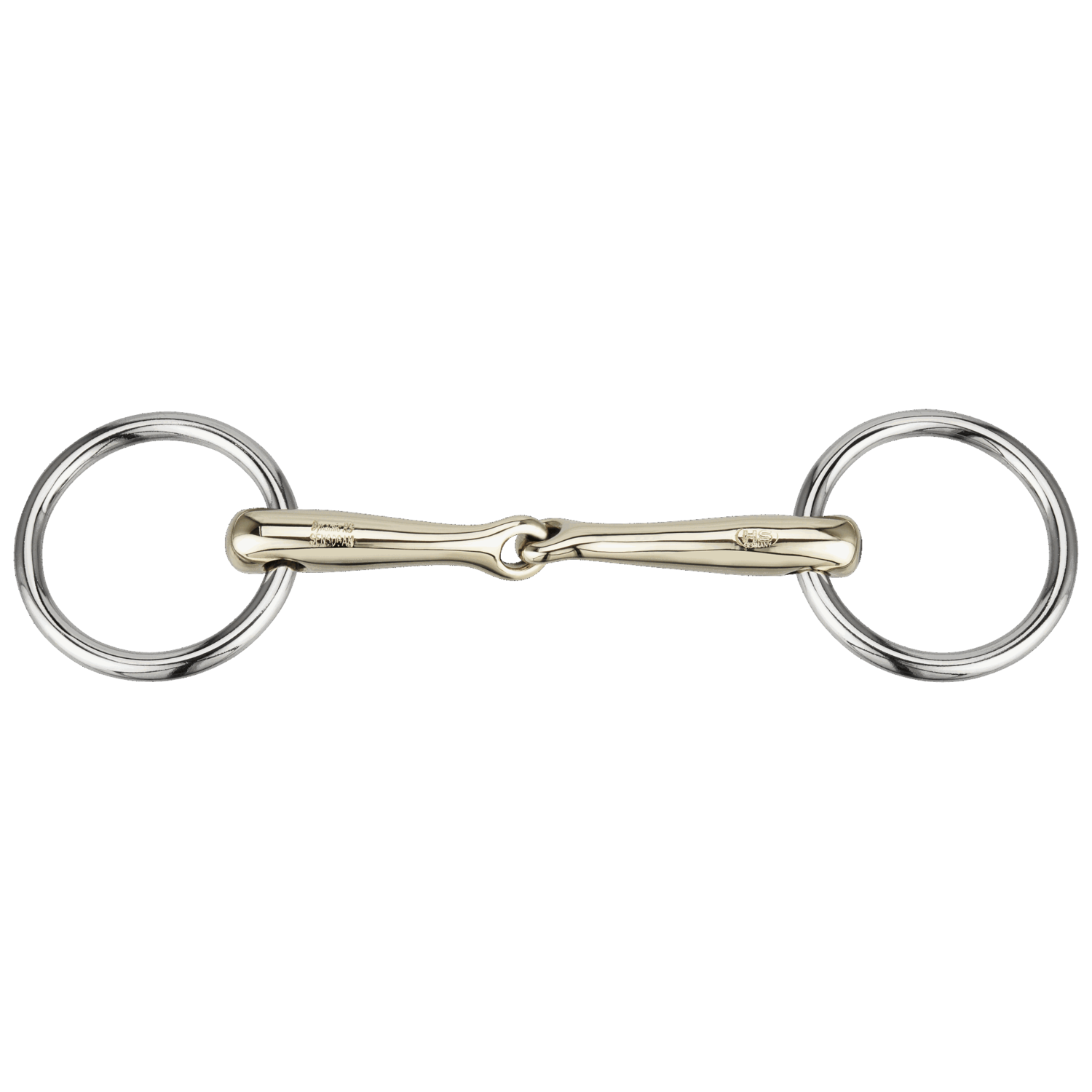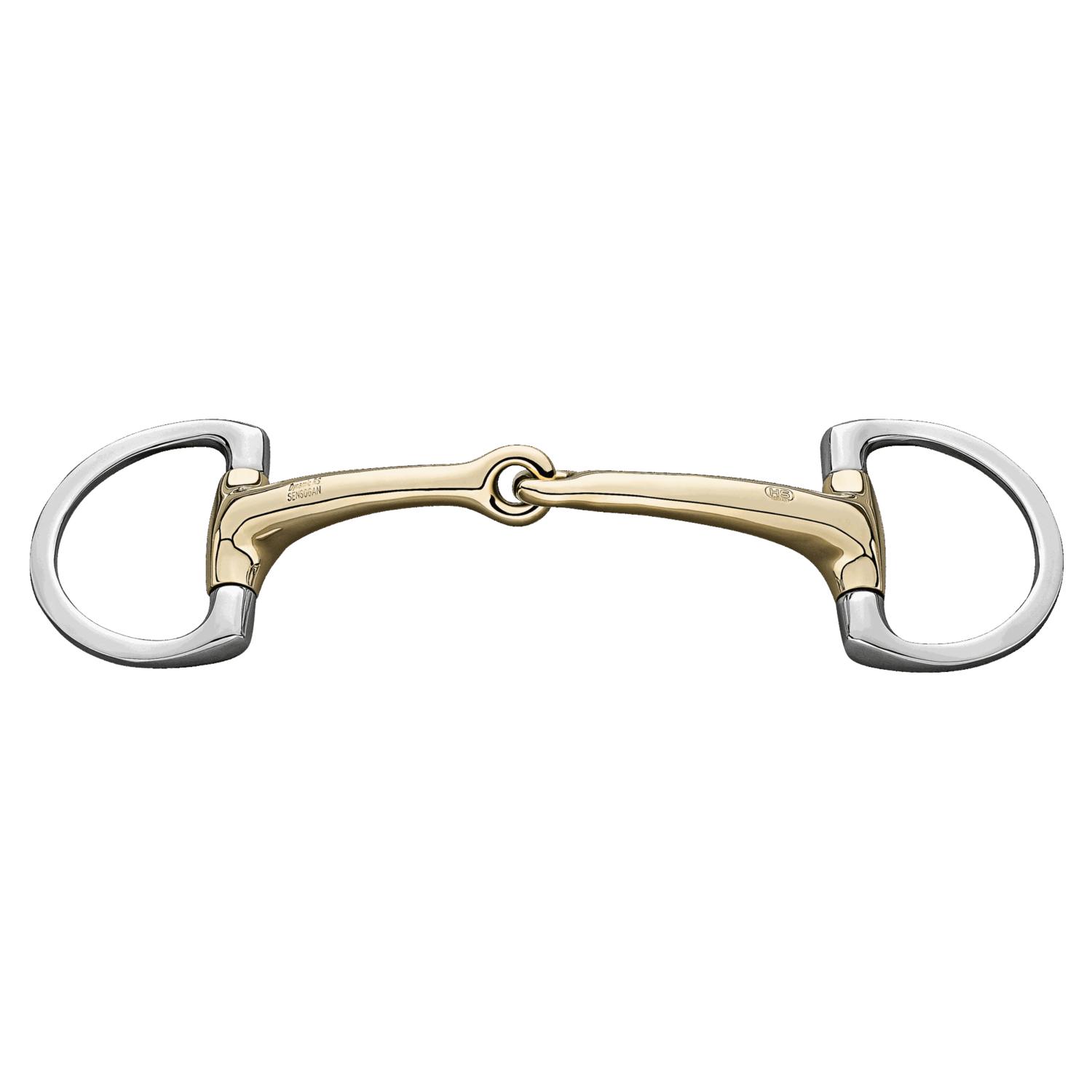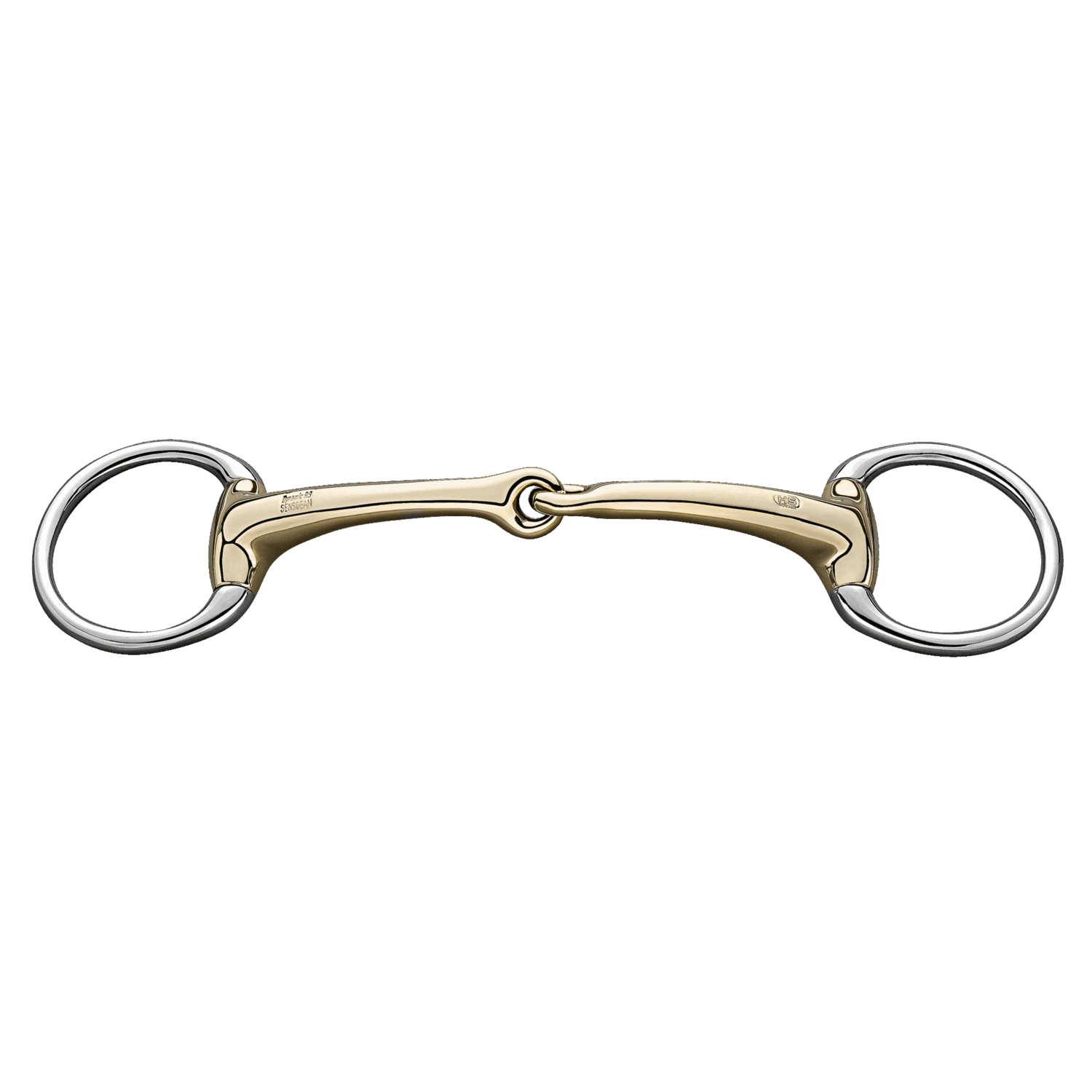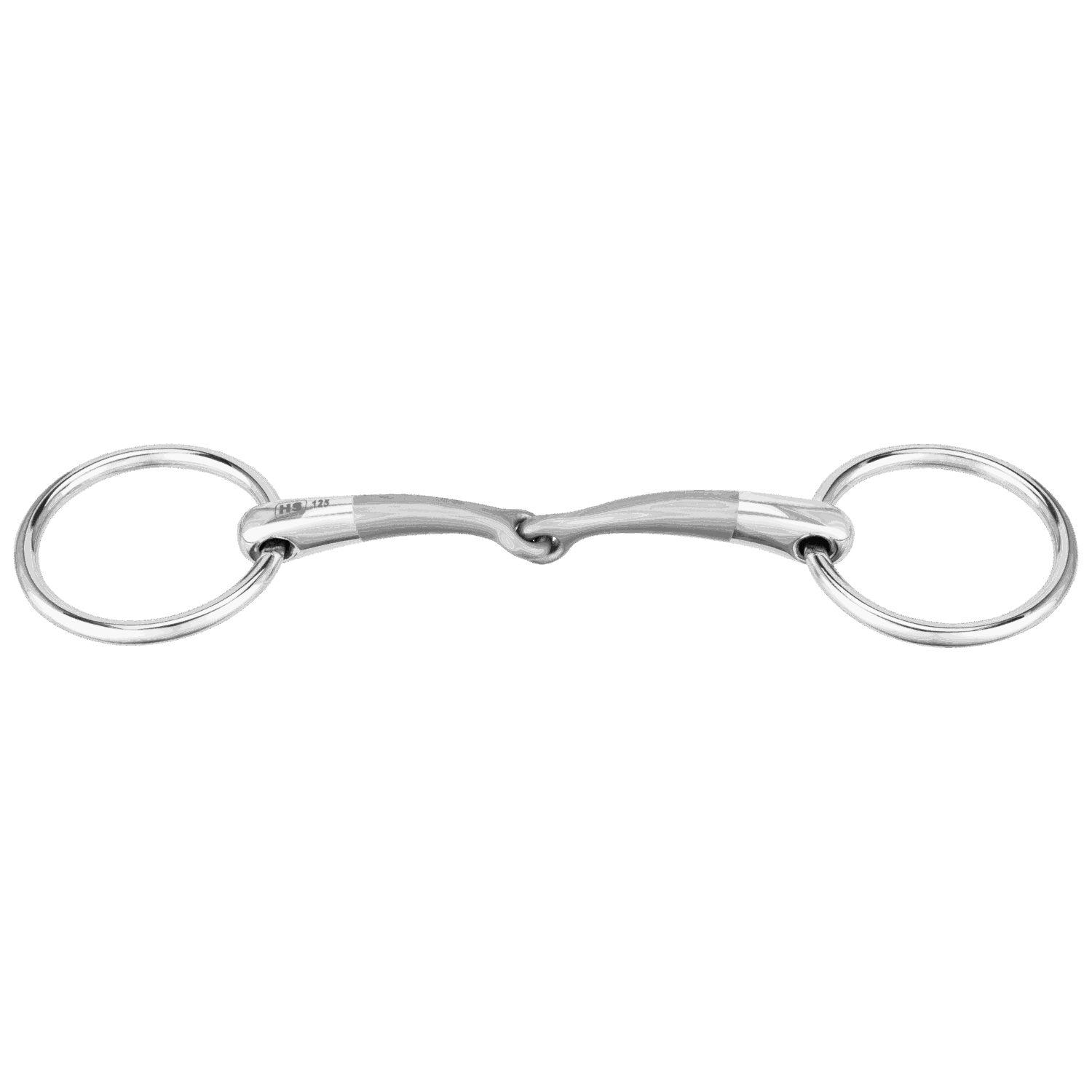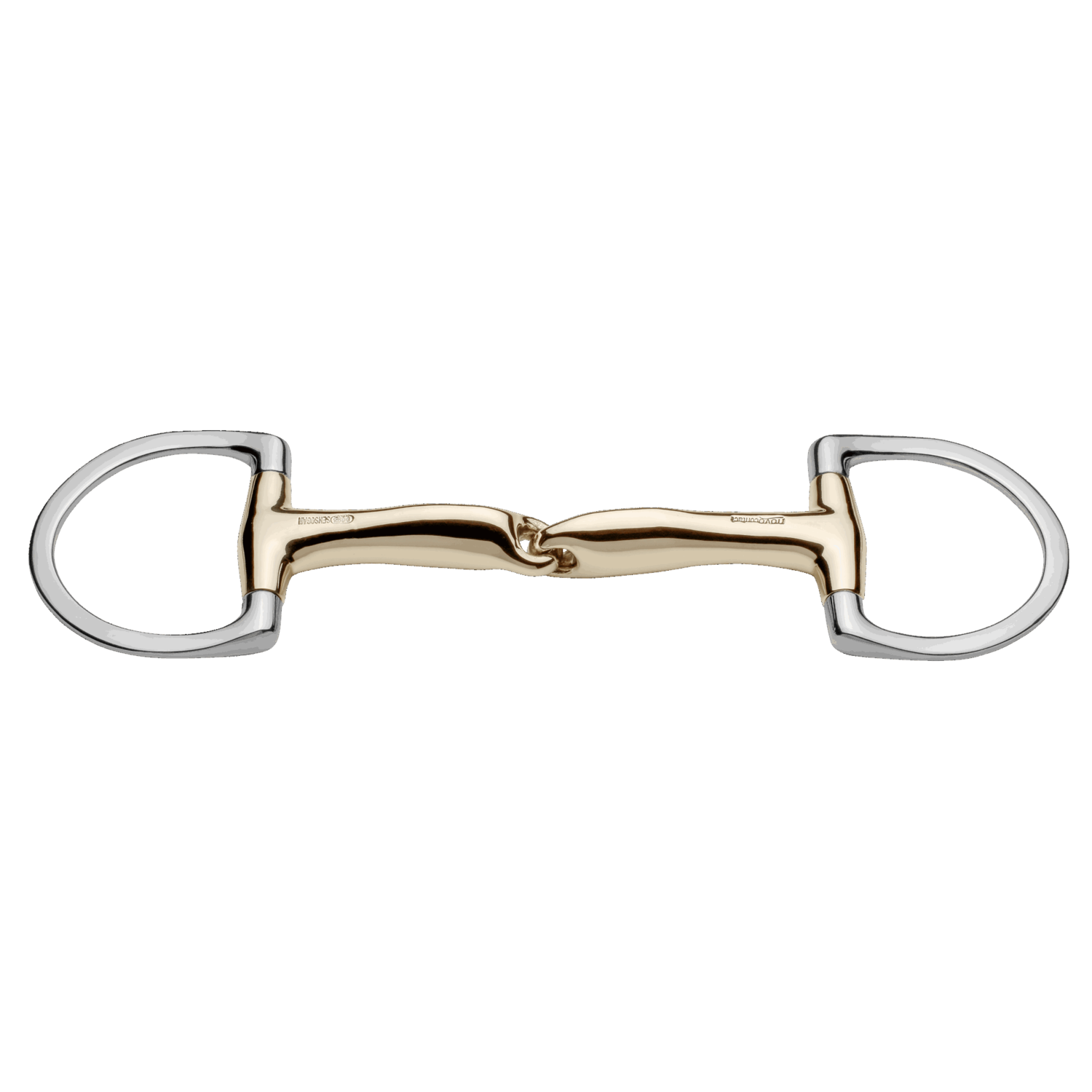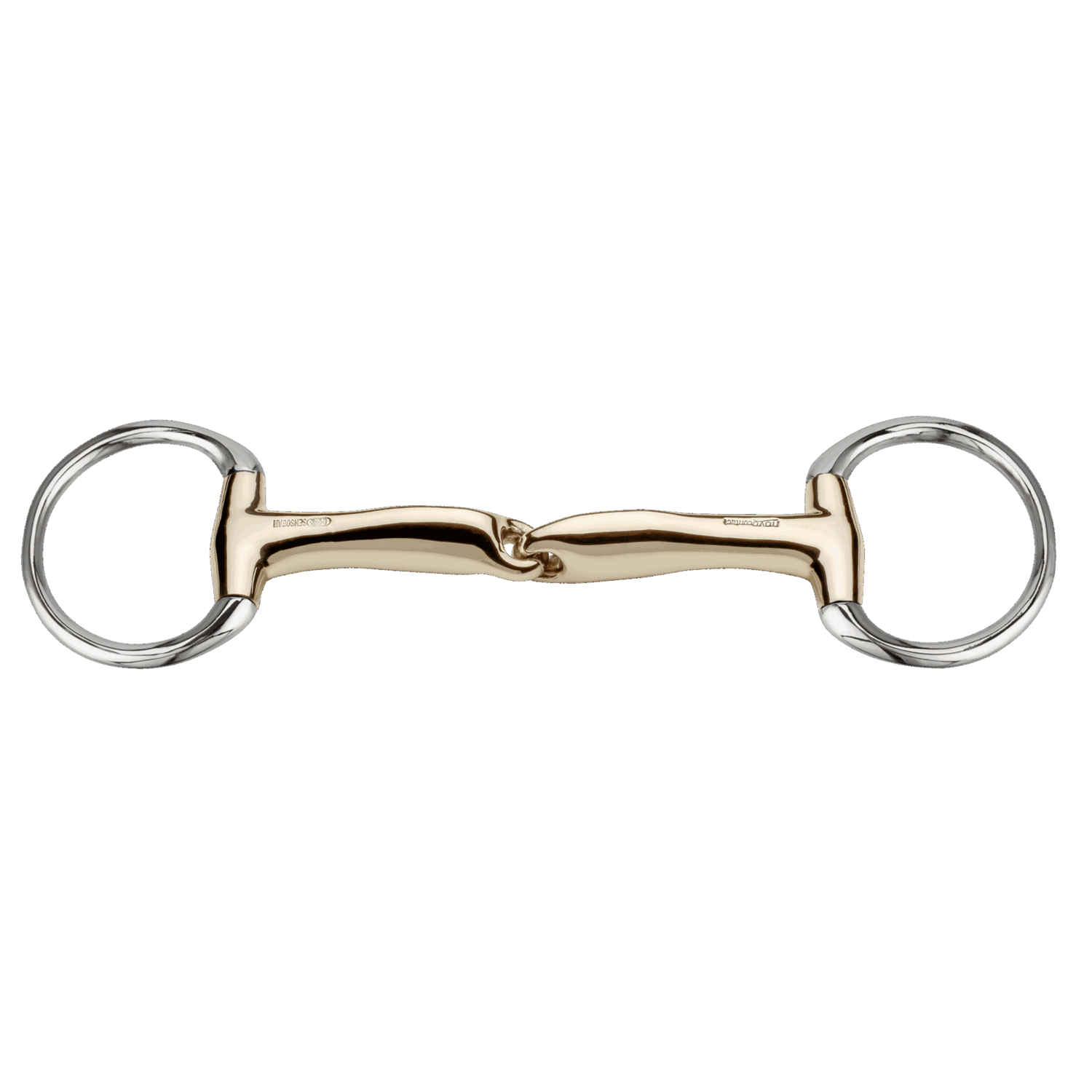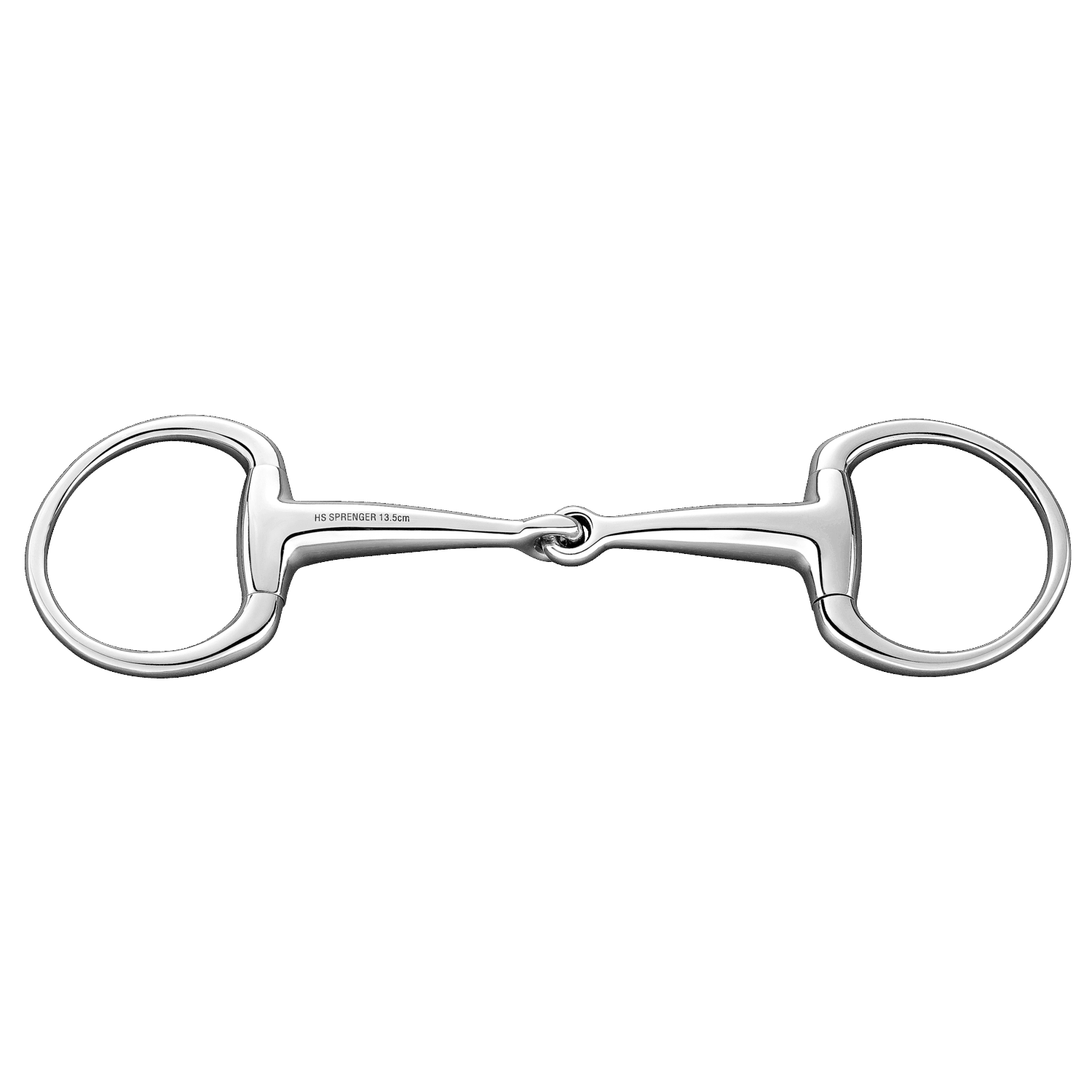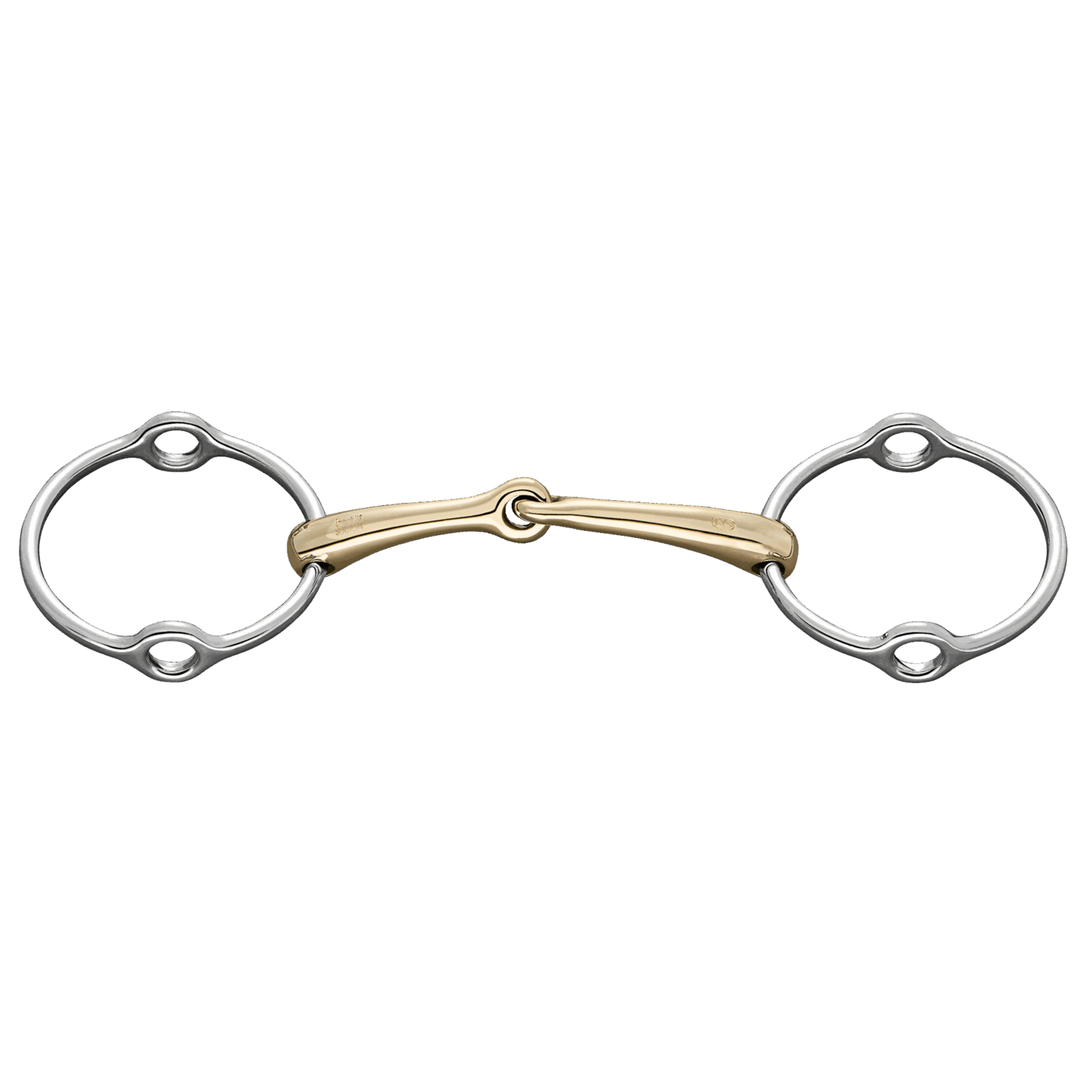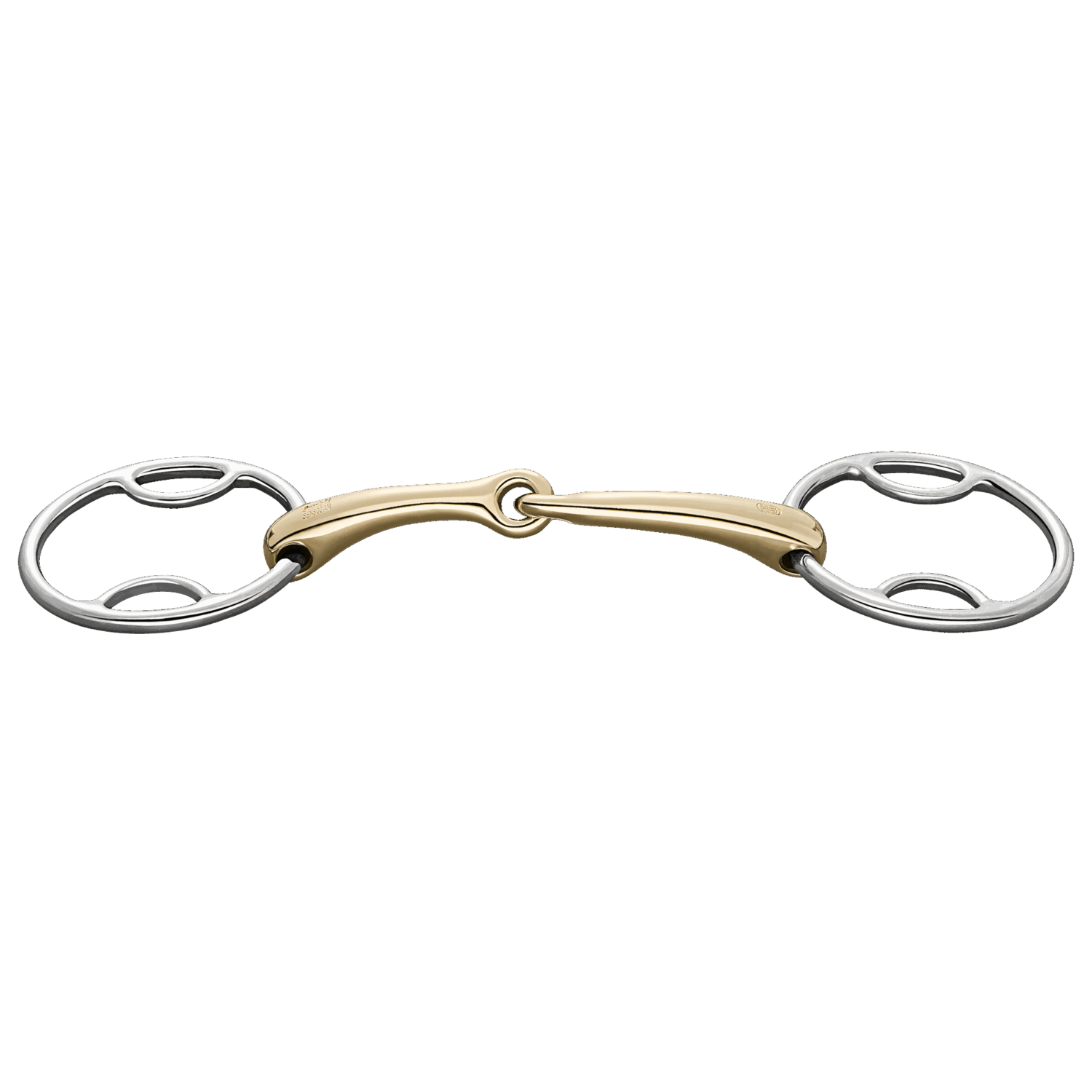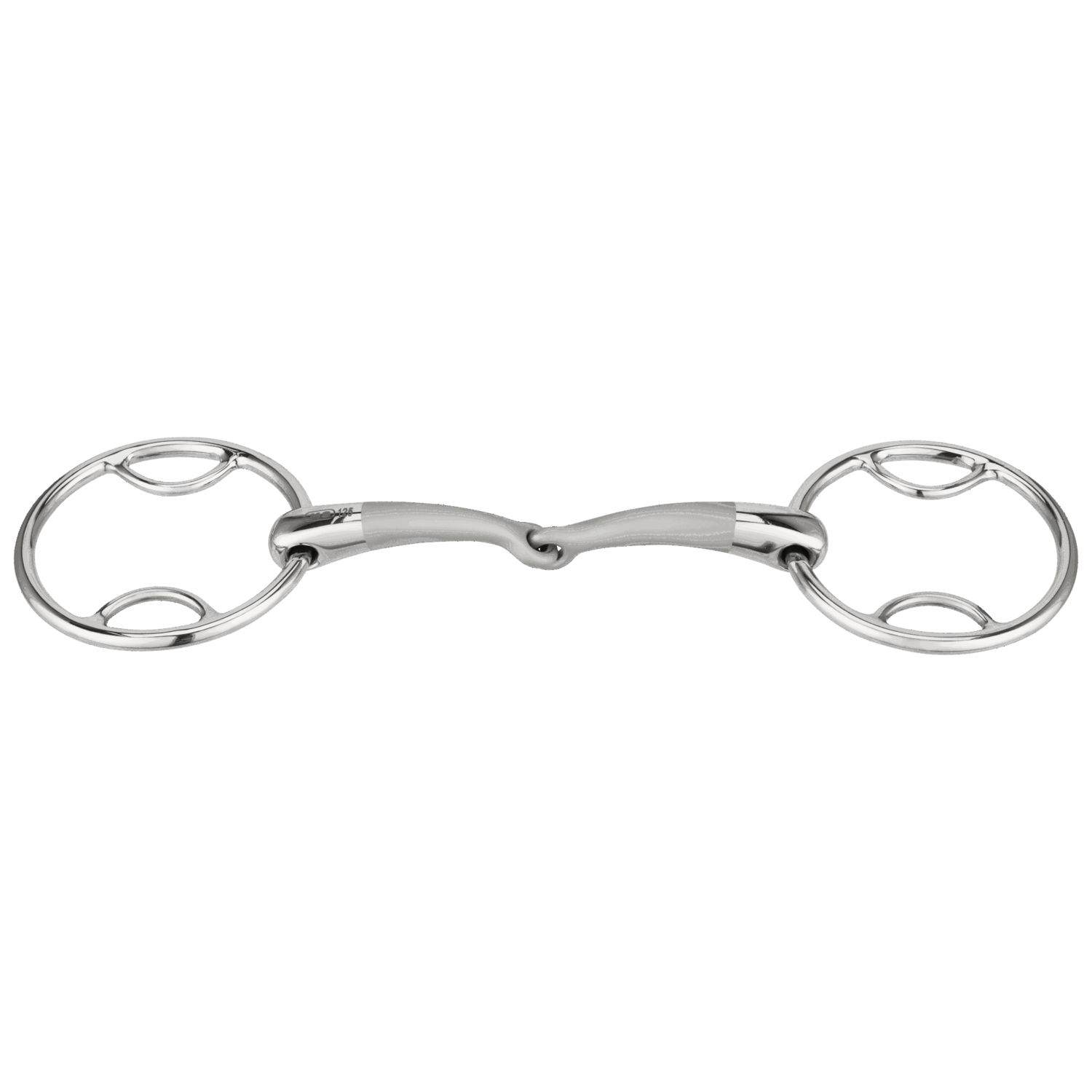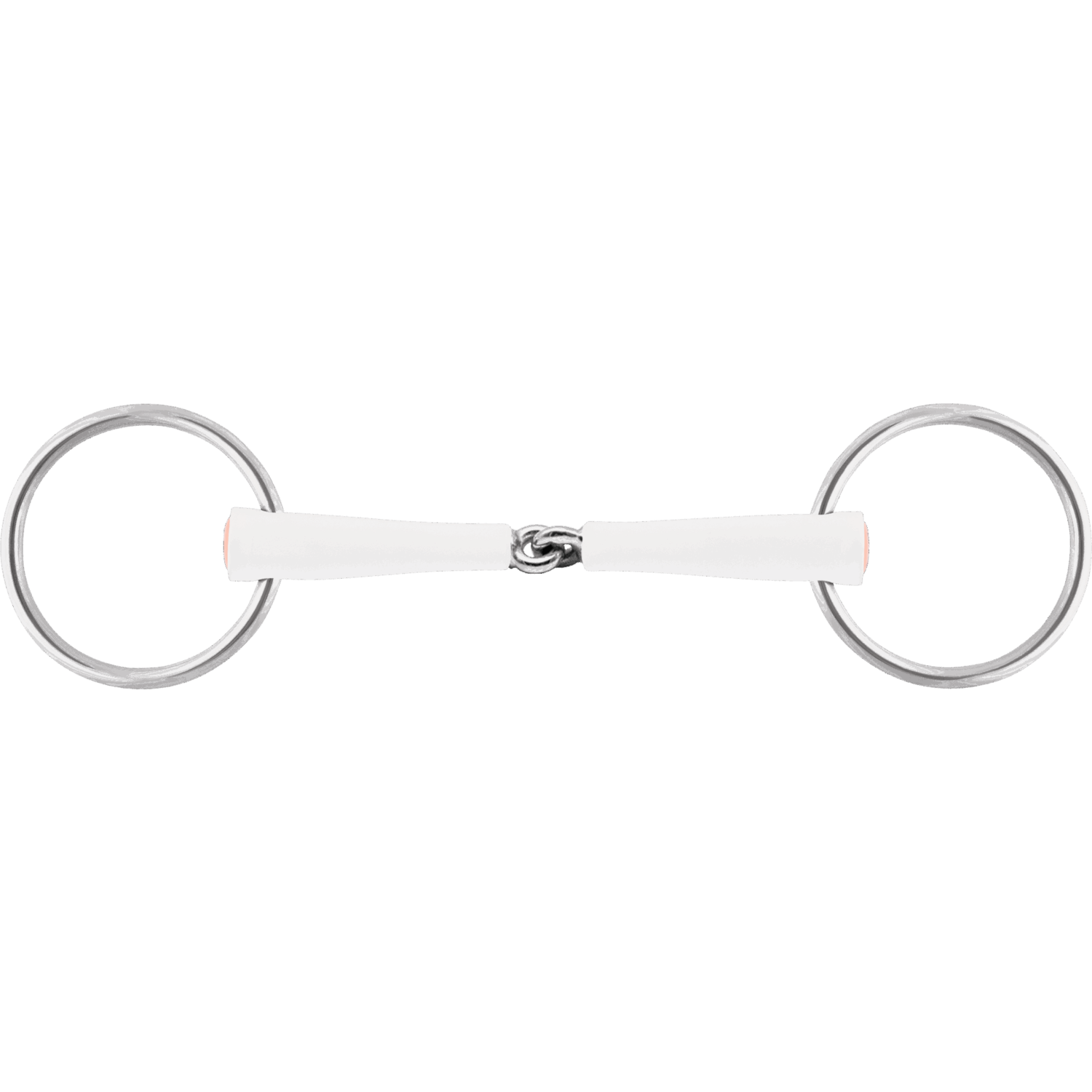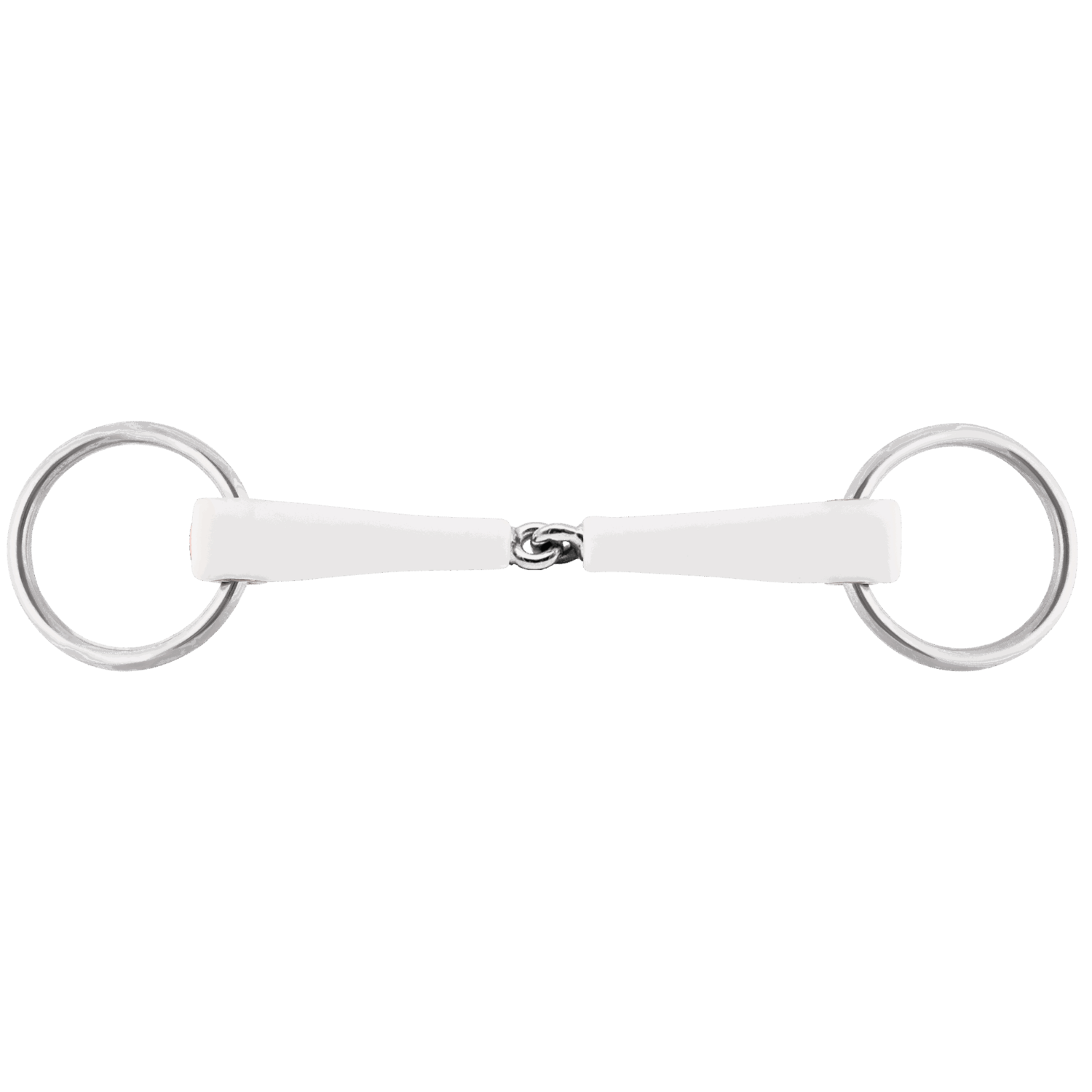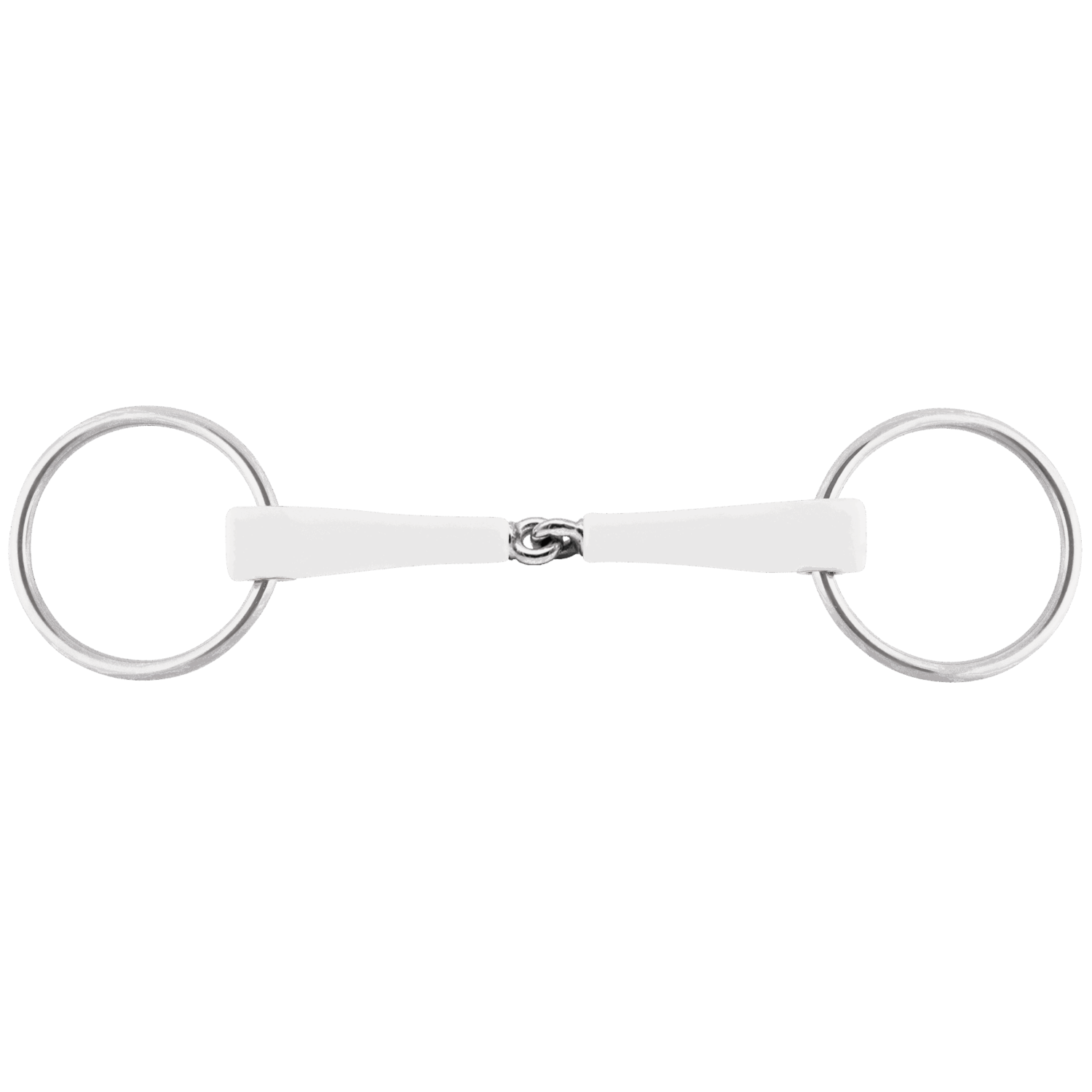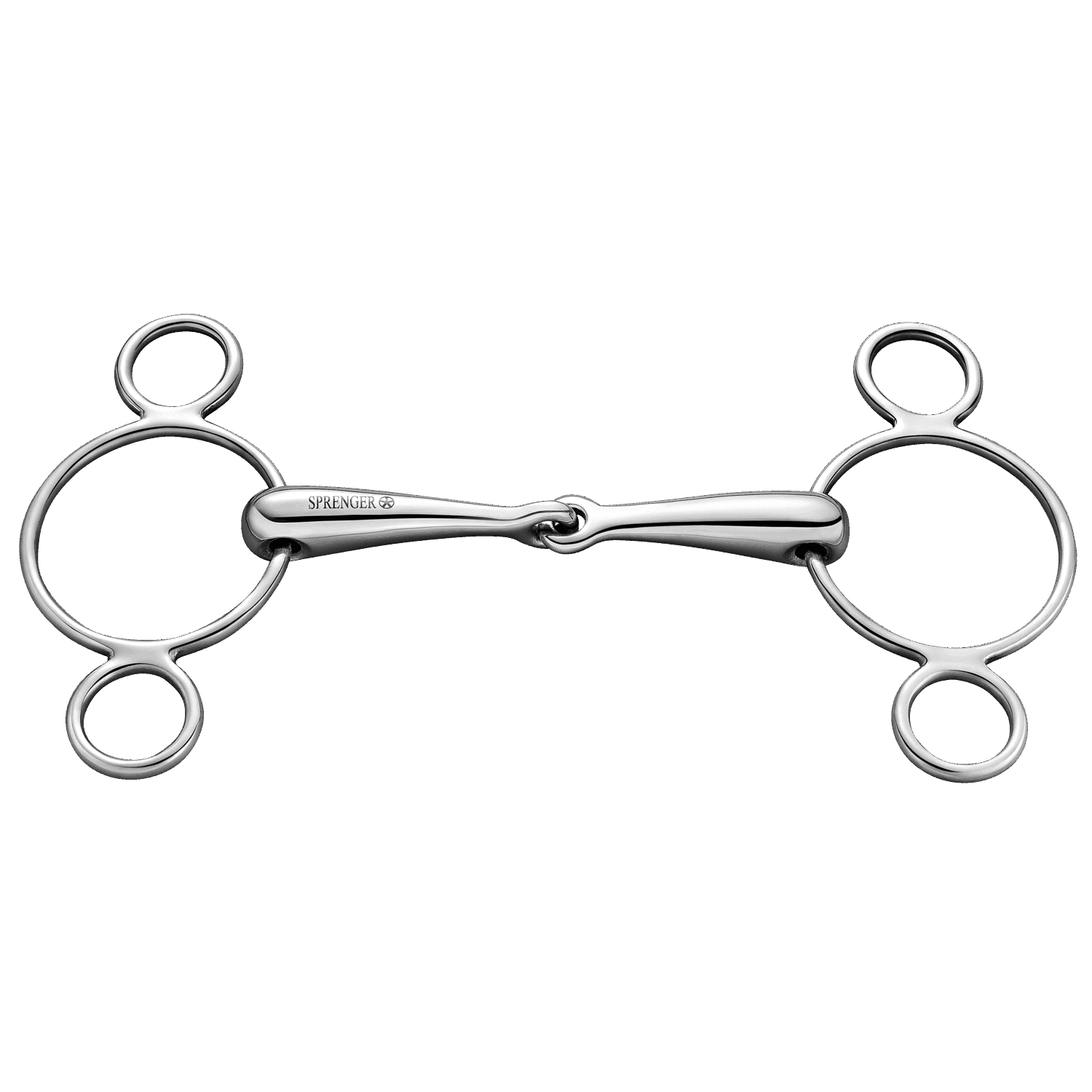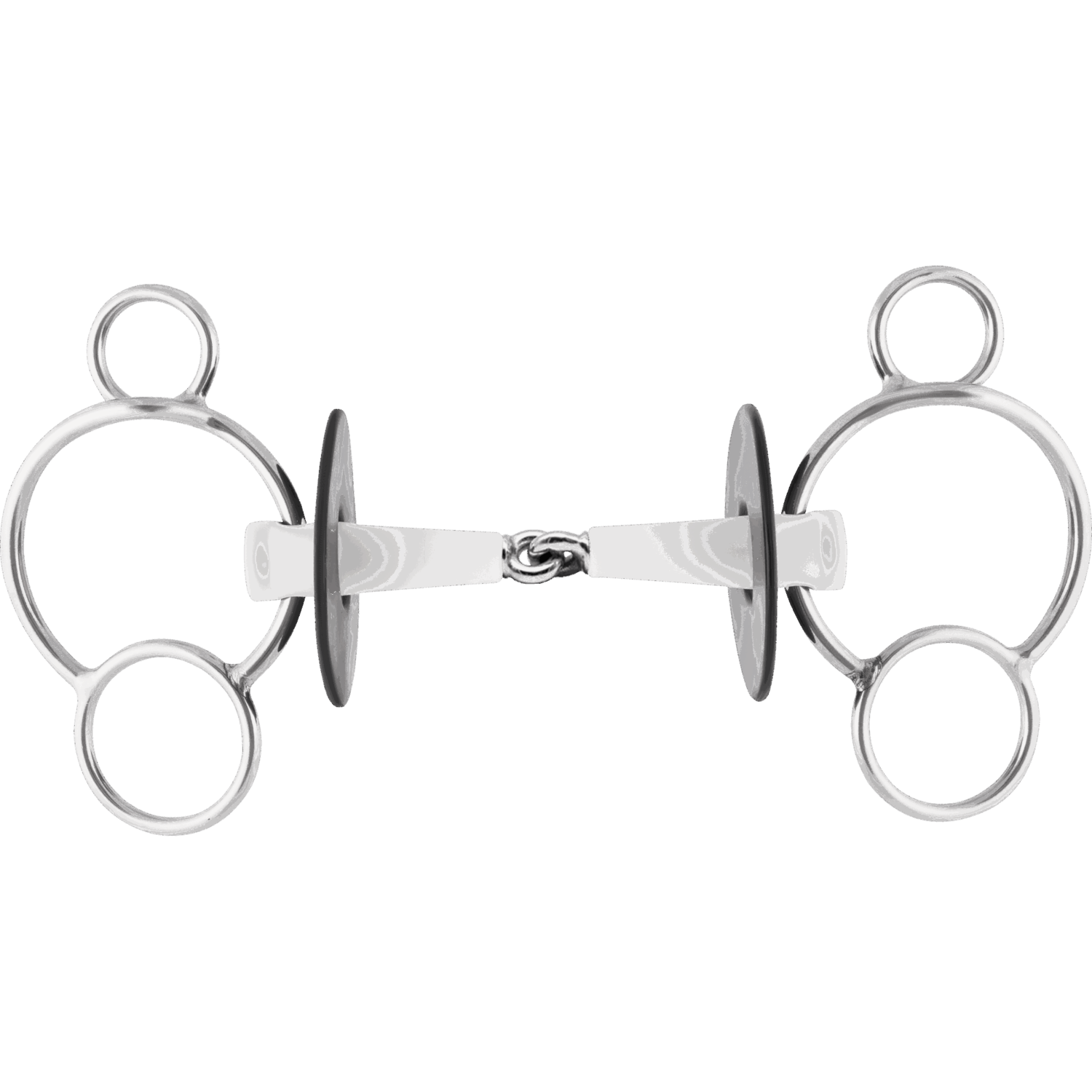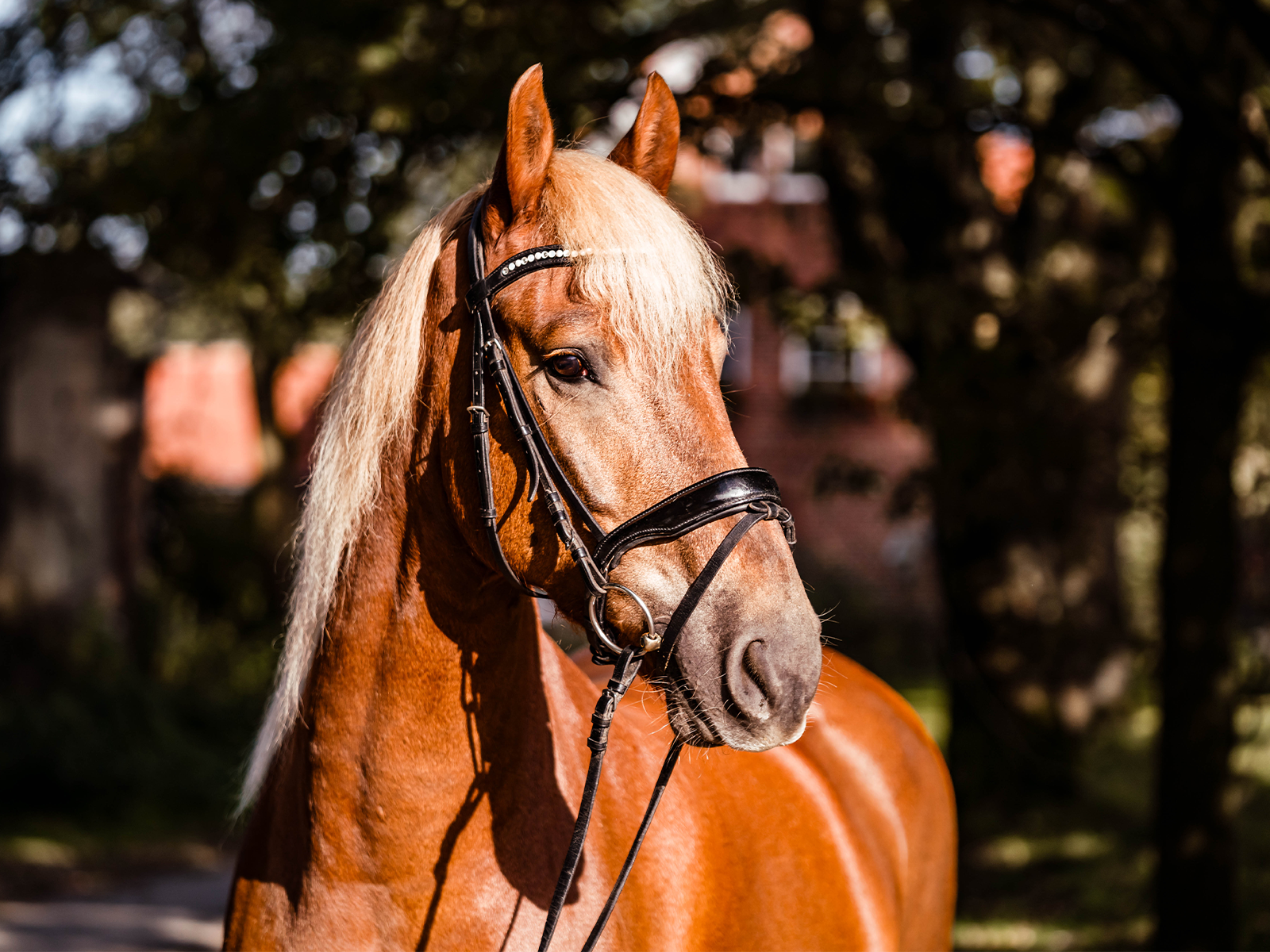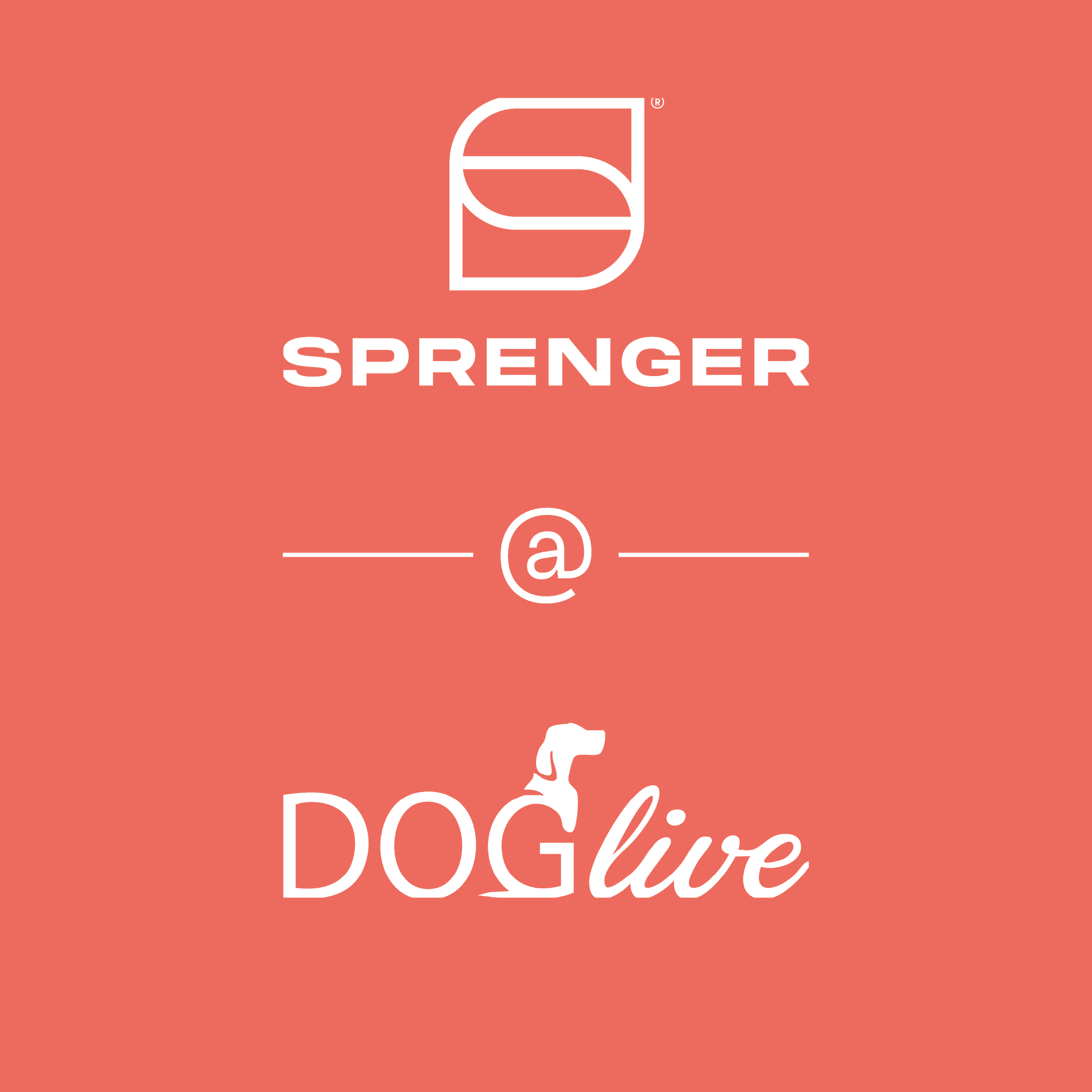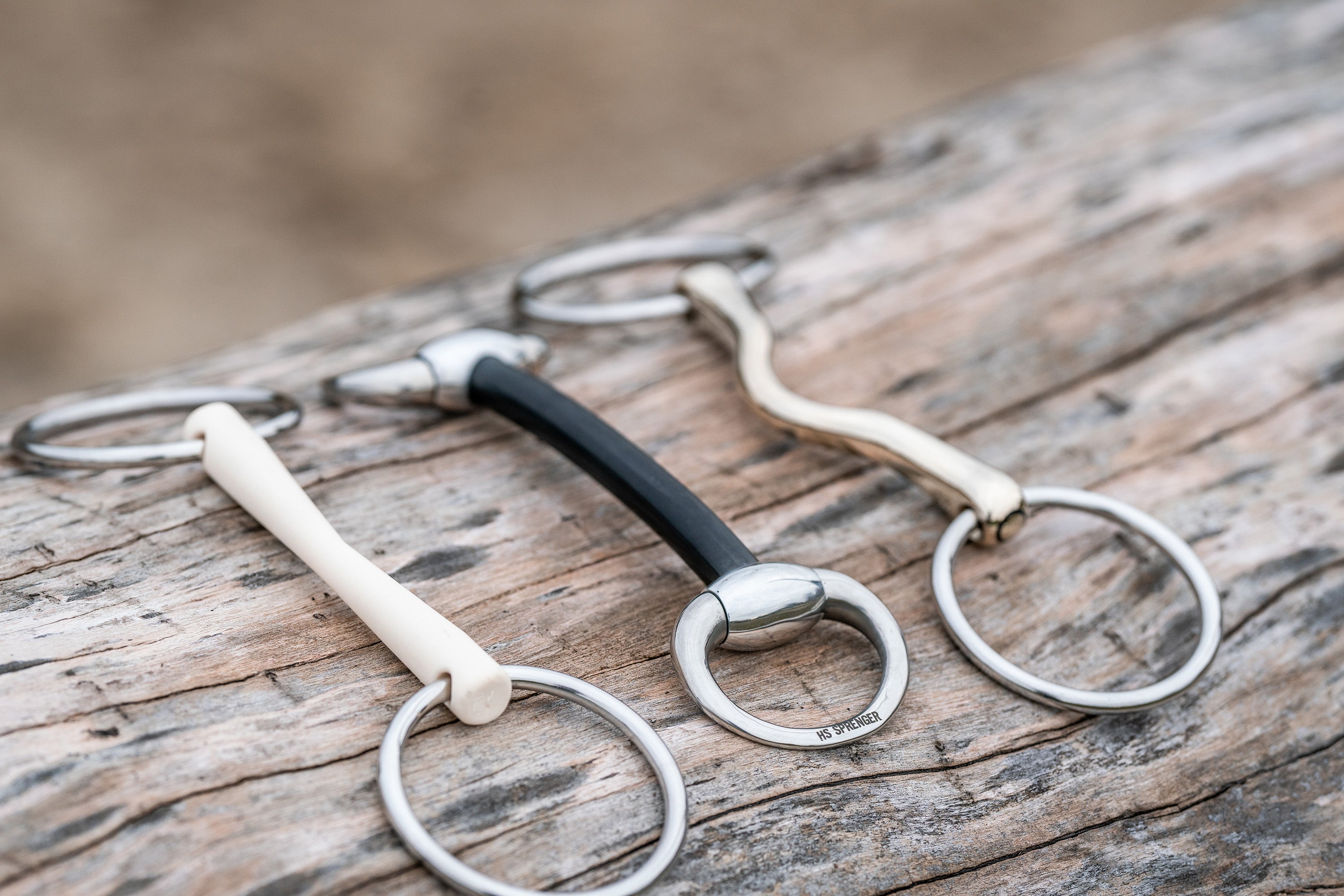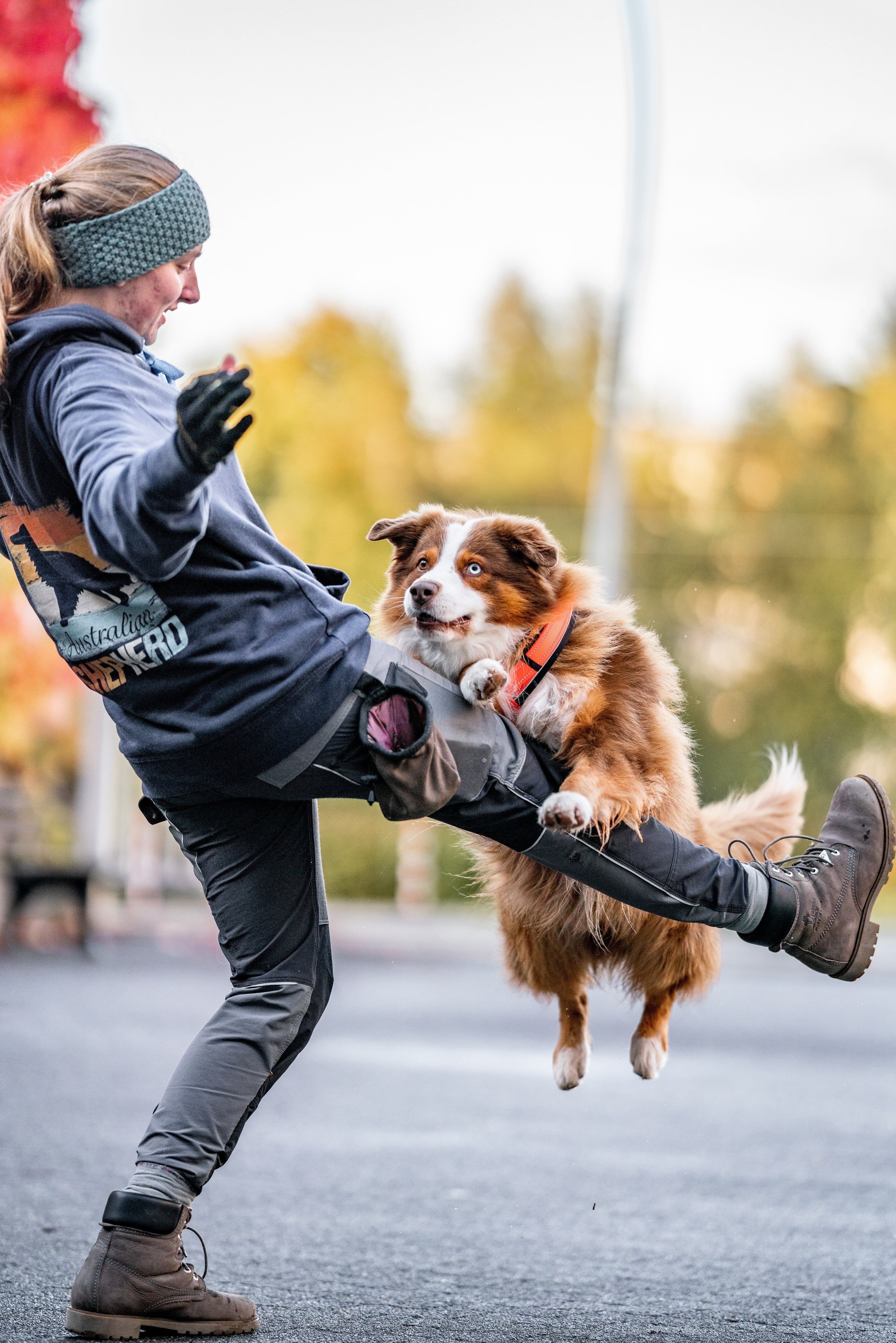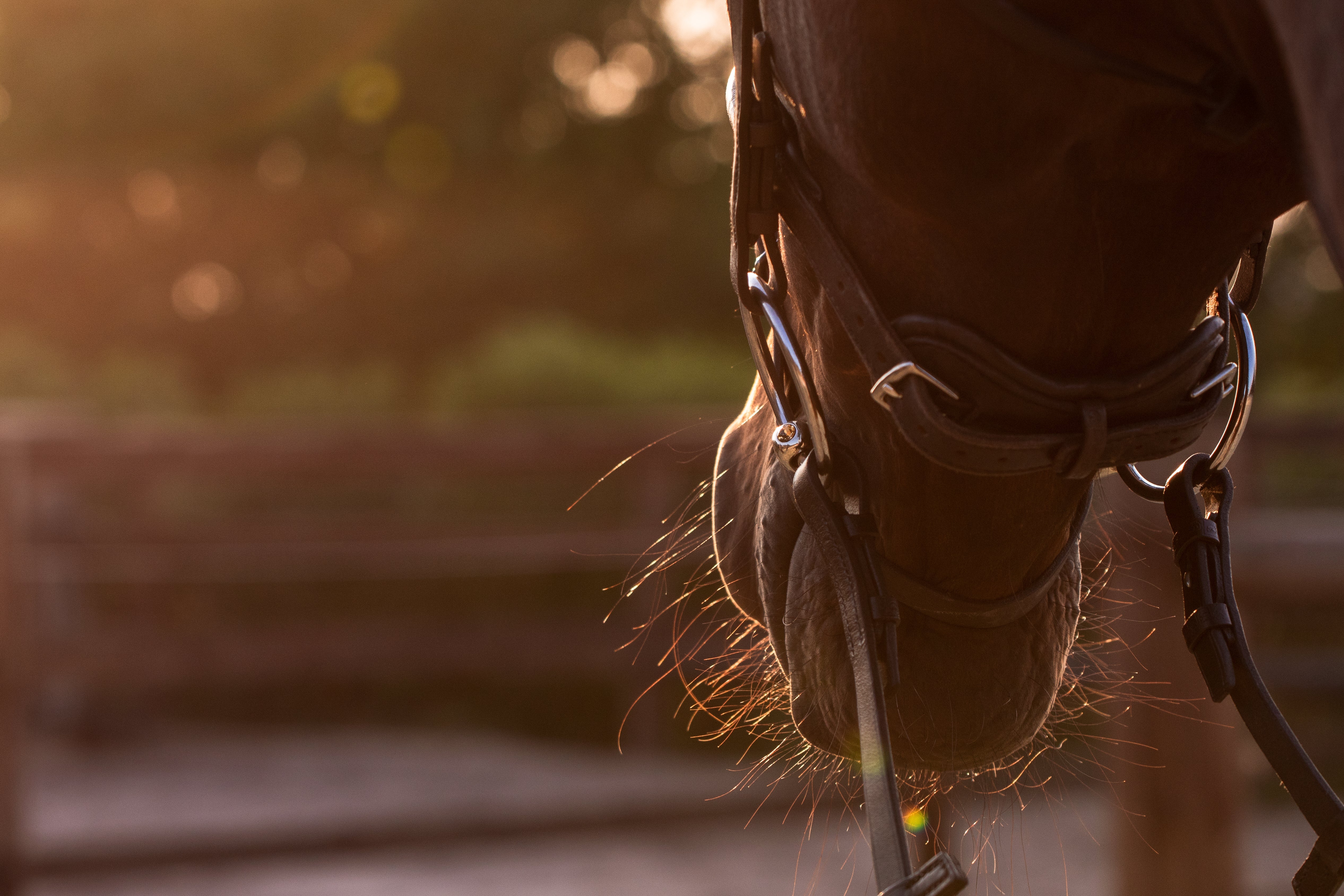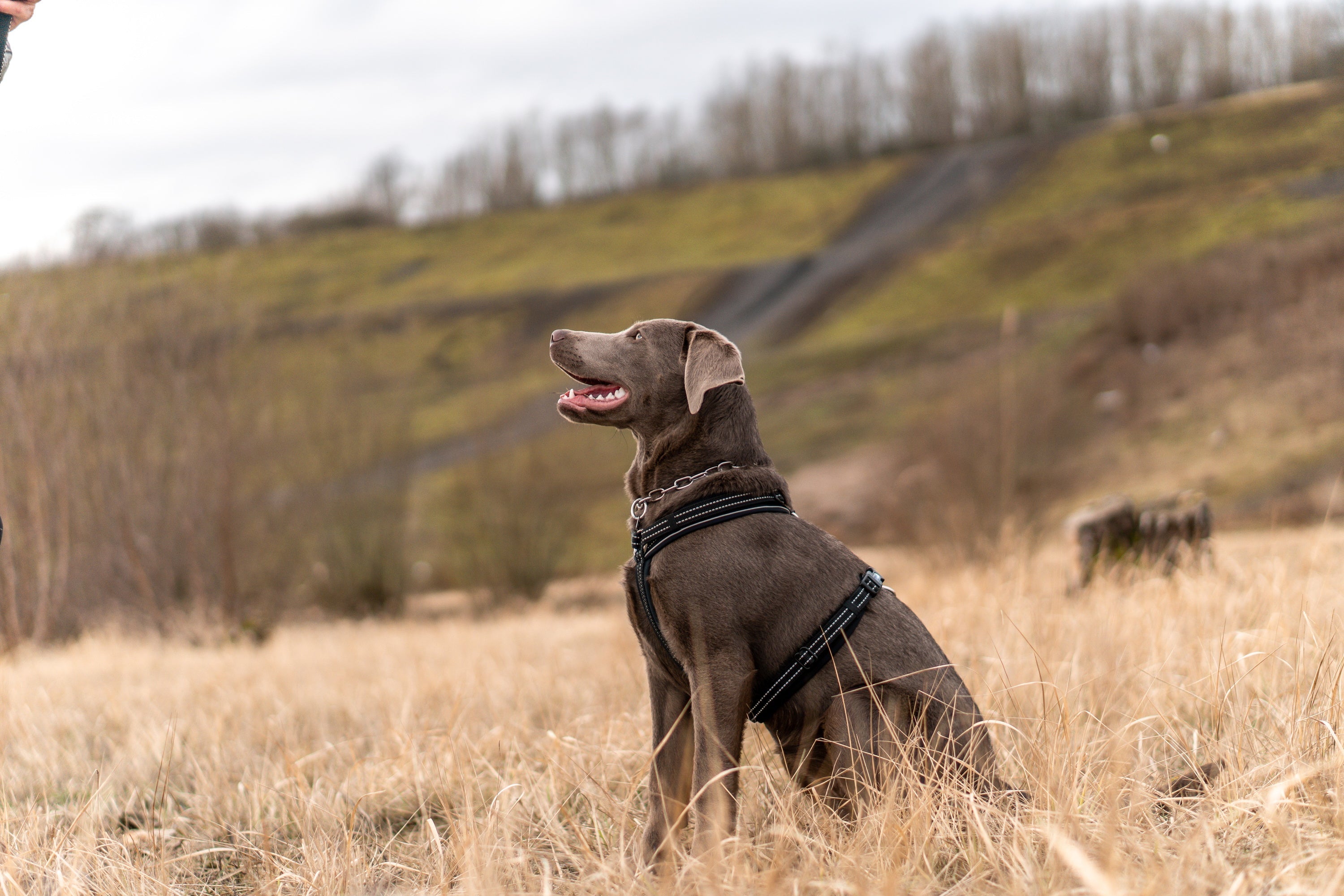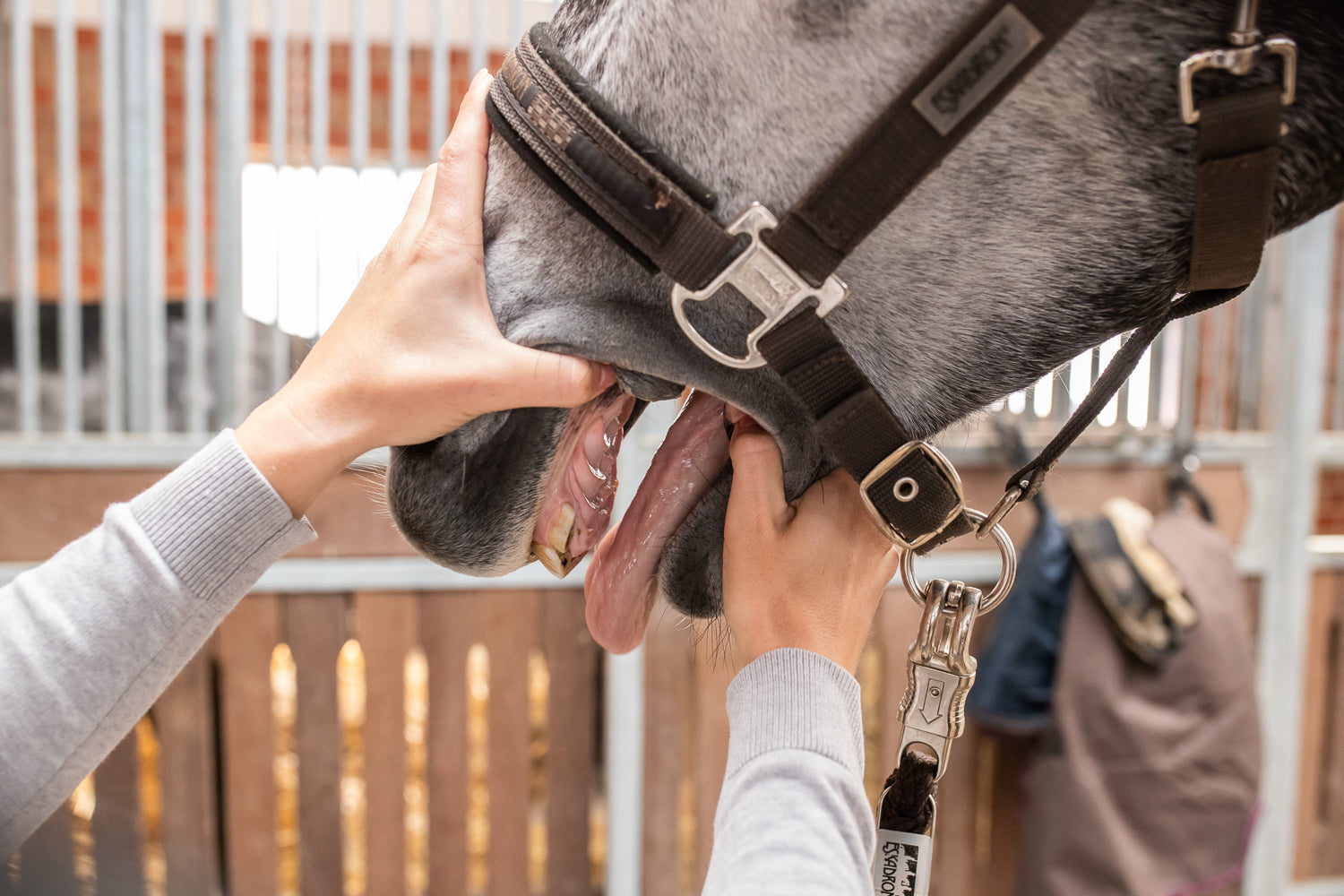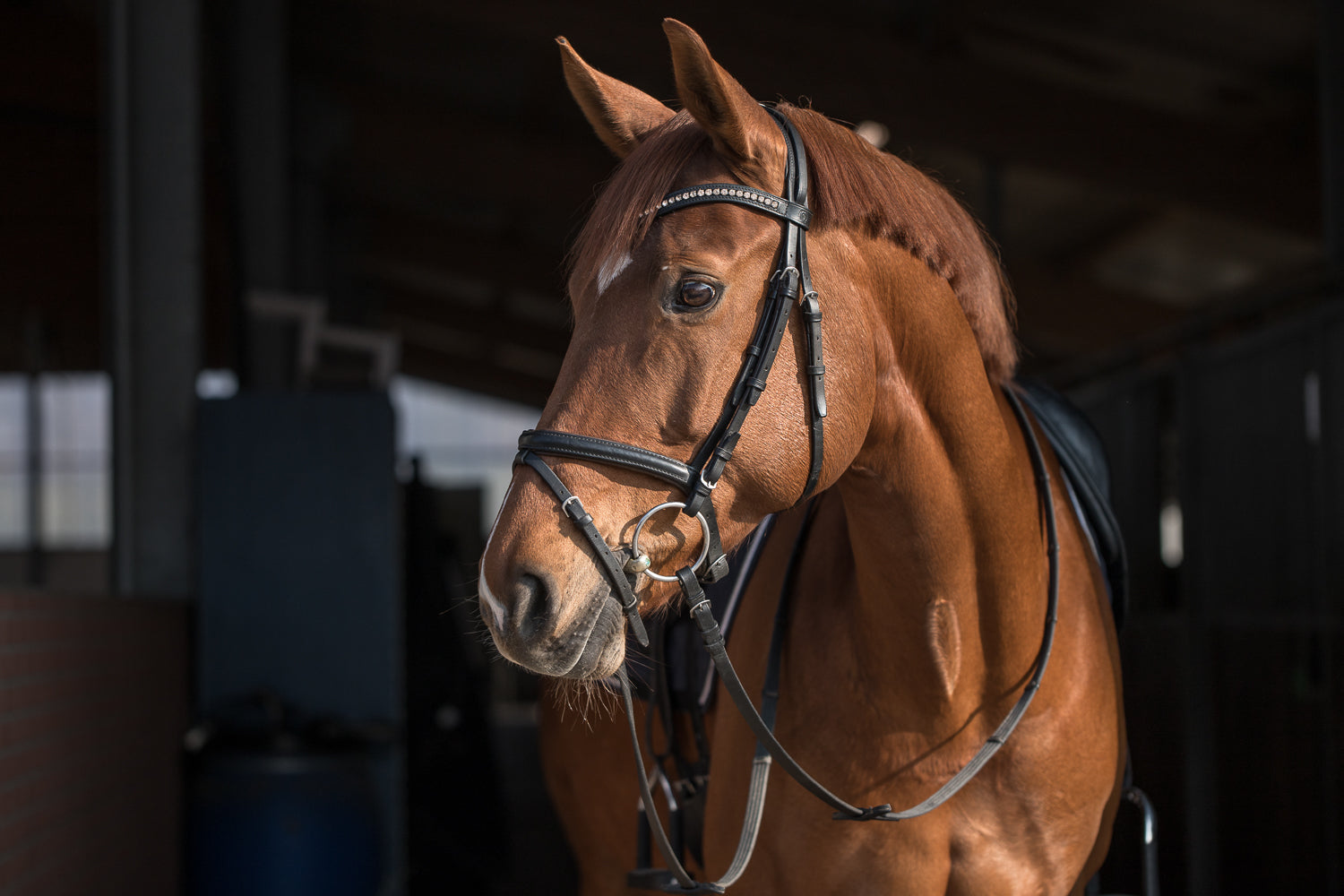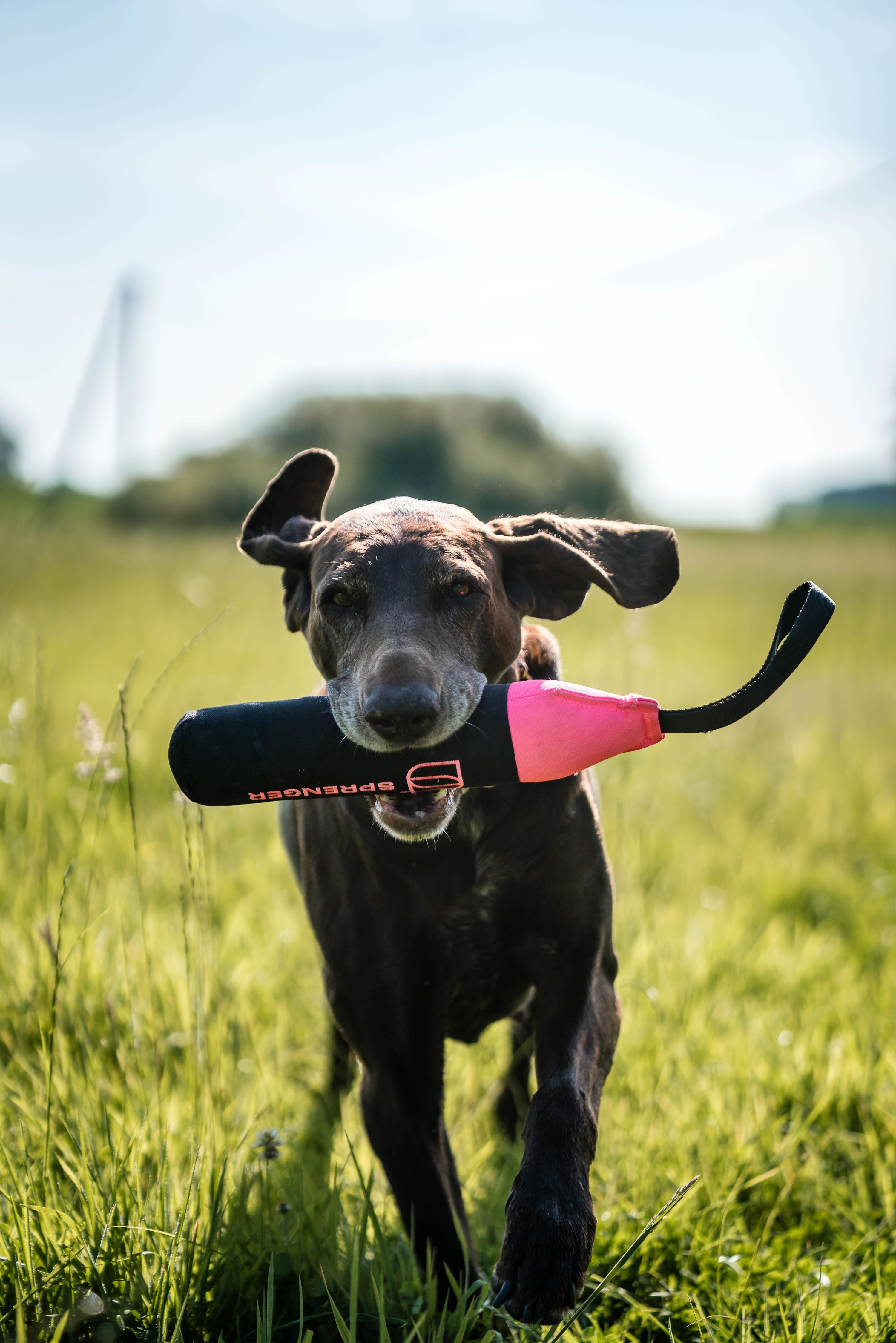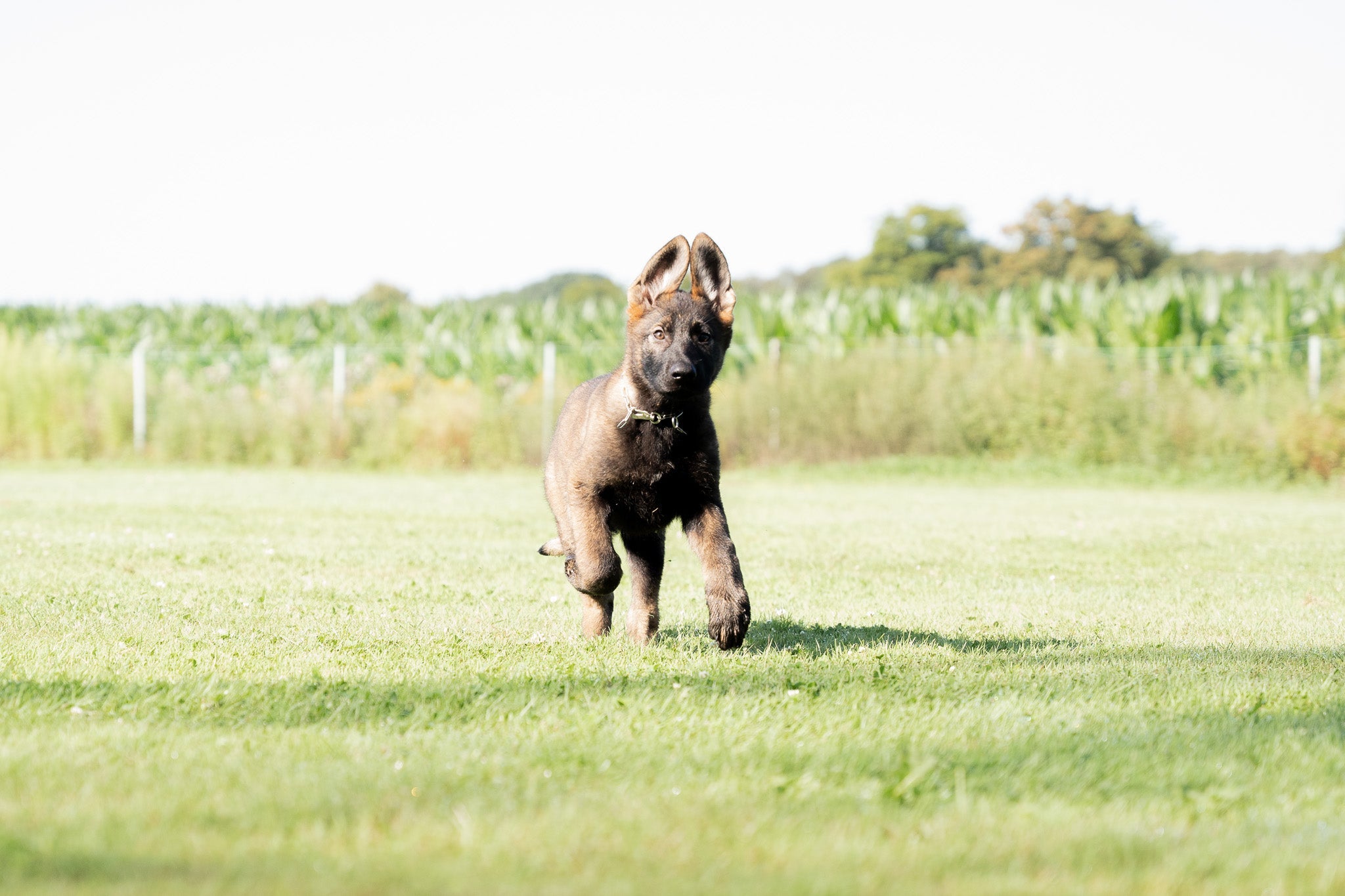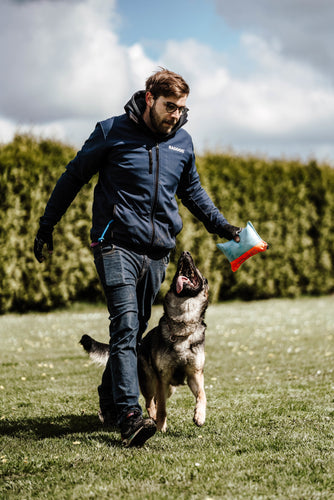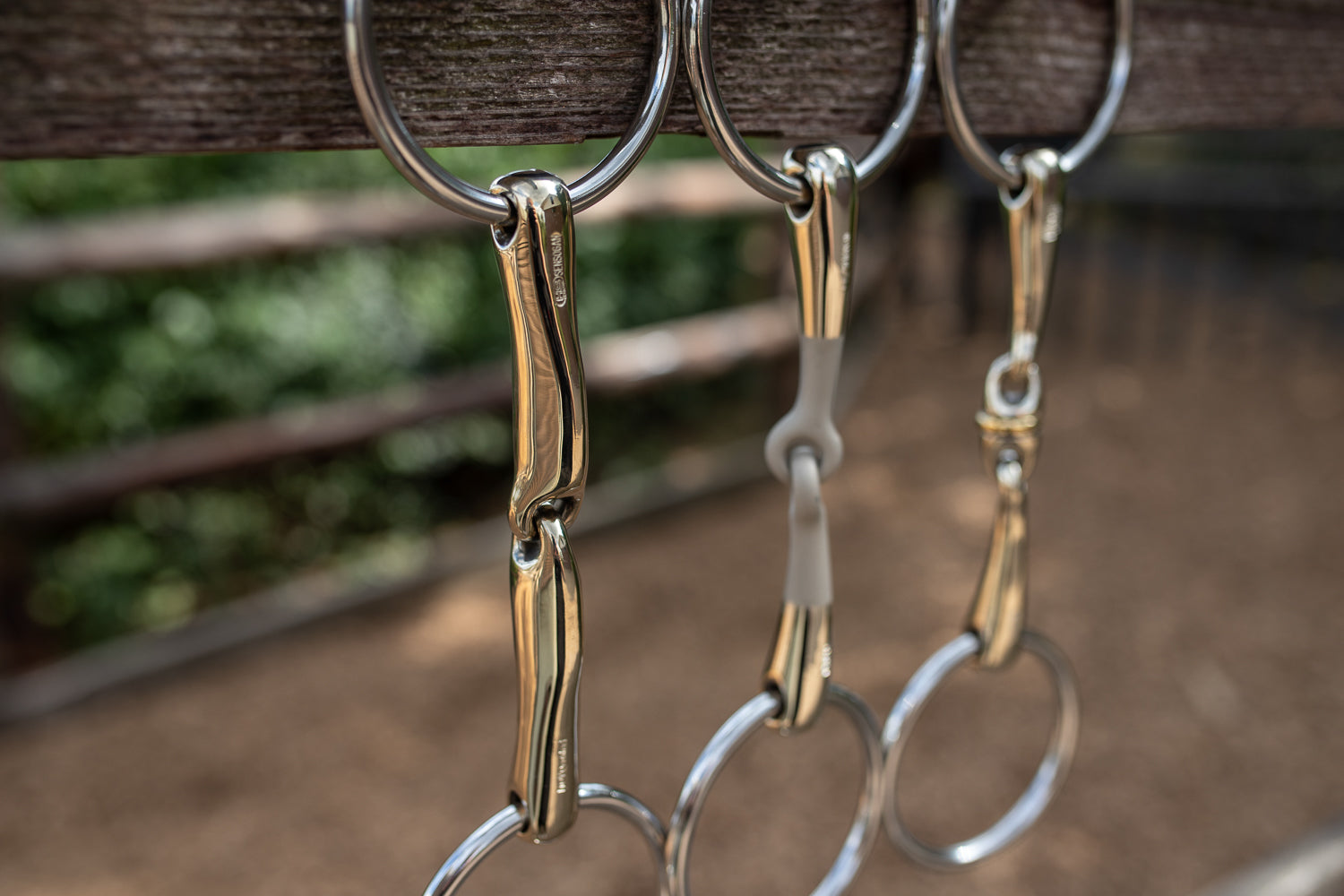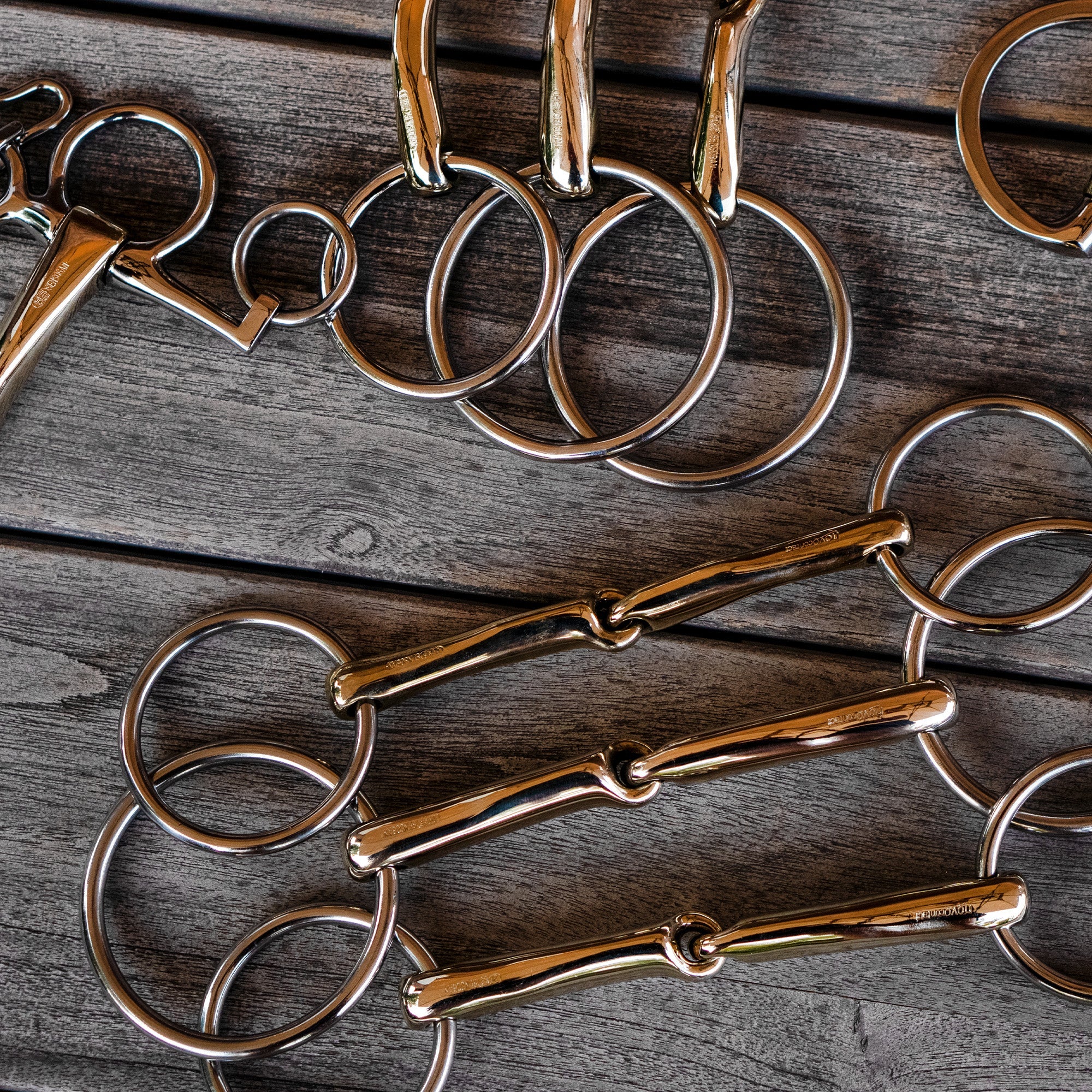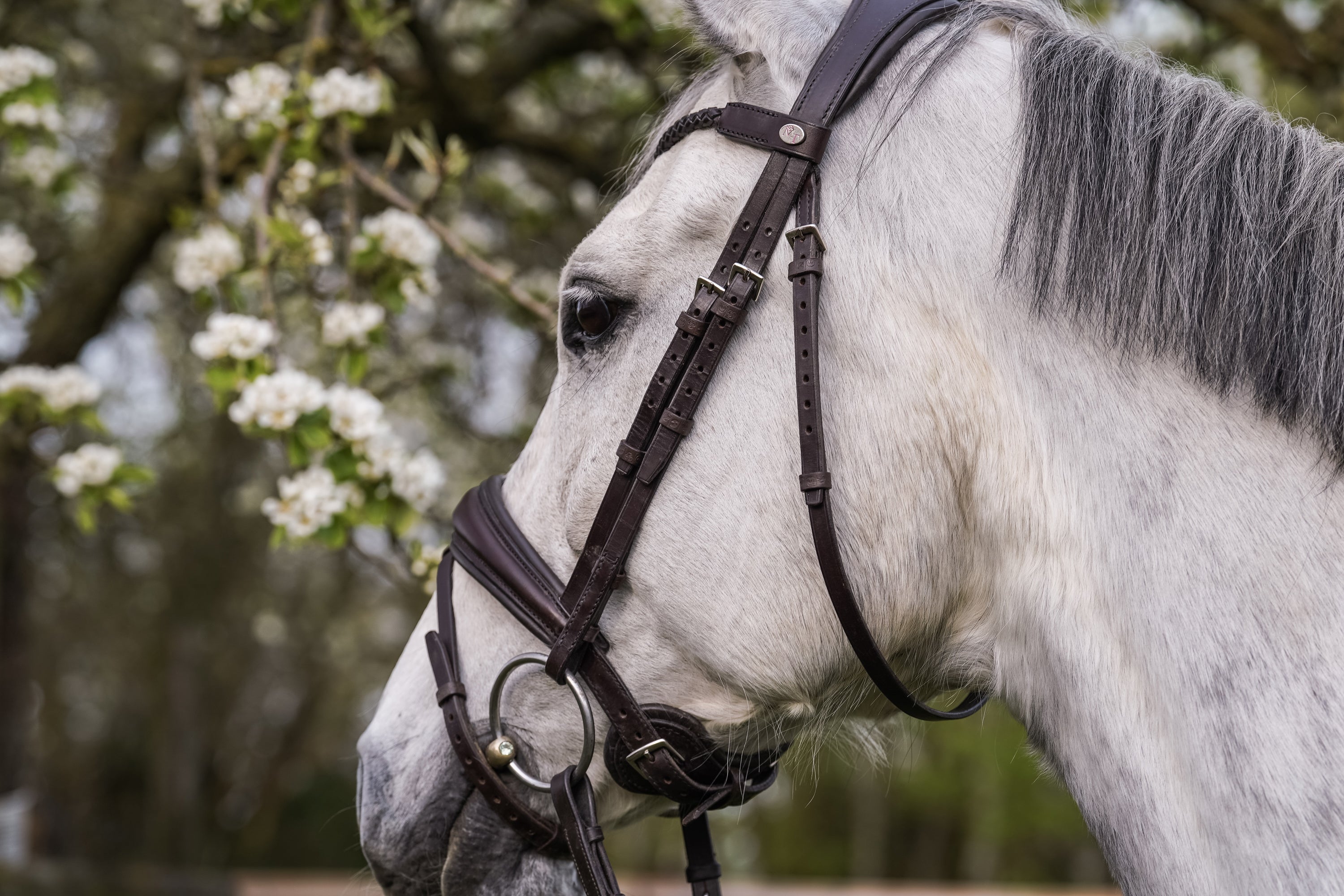
Signs of an ill-fitting bit
Does your horse seem unhappy or does it shake its head and try to avoid getting on the bit? Does it open its mouth, does it have sore mouth corners or pressure points and redness inside the mouth or on the tongue? These can be clear signs of an ill-fitting bit. A bit can be unsuitable due to its width, thickness, shape, material or even the cheek piece. There are therefore many points that should be taken into account.
Intermediate sizes for bits
You have probably already noticed that we do not offer intermediate sizes for our bits. There is a 1 cm difference in bit width between most sizes, which means 0.5 cm on each side. If we were to offer bits in the intermediate size, the difference between the sizes would only be 2.5 mm per side. The difference would therefore be minimal.
Indicators for a suitable & correctly fitted bit
- Content horse
- Distance between bit ring hole and mouth angle is max. 3-5 mm
- Bridle goes easily over the ears, cheekpiece does not flicker
- Bit does not come into contact with the teeth
- At least 1 finger's width of space to the 1st molar
- No pressure marks / redness on the palate or tongue
- The inside and outside corners of the mouth are healthy
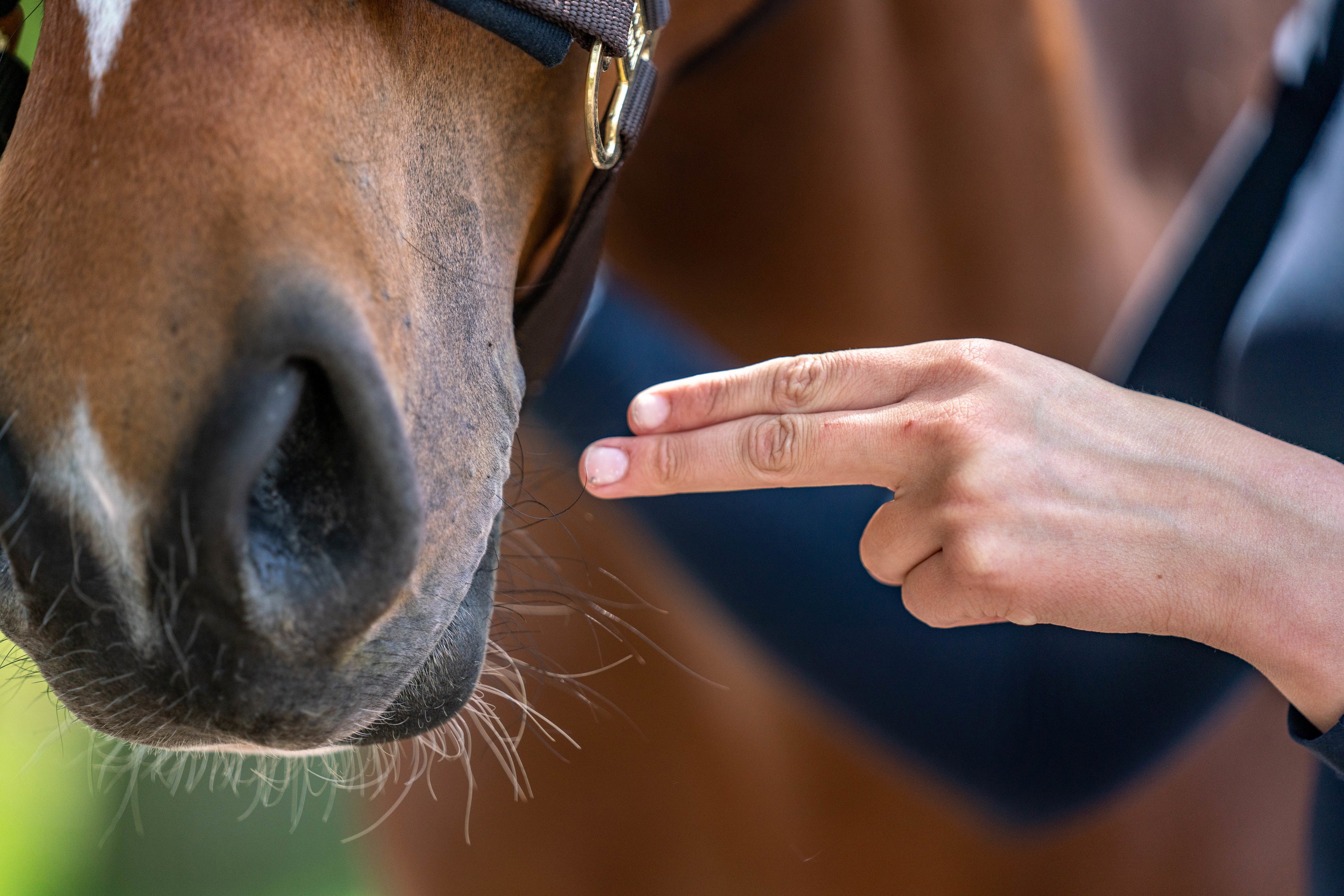
Which bit thickness should I choose?
Most of us are certainly still familiar with the rule "the thicker the bit, the softer". However, modern horse breeding is producing ever finer and shorter mouths, for which the former bit sizes are often too thick. This is why the most common bit thicknesses are now 12 - 16 mm.
How to find the right bit thickness
With the 2-finger test, you can easily find out how much space there is for the bit in the horse's mouth. To do this, simply place 2 fingers on top of each other at the point in the horse's mouth where the bit will later be placed. If you feel pressure on both fingers when the incisors are closed, the bit should be no thicker than 16 mm. If you don't feel any pressure, the bit can be thicker. You can also take a look inside the horse's mouth with a buckled bit and check how much space the current bit takes up and whether a different strength should be chosen.

Is the bit too large or too small?
With a loose ring snaffle, both rings must be able to move freely and the distance between the bit ring hole and the corner of the mouth must not be greater than 3 - 5 mm on each side.
Bits with fixed side pieces, on the other hand, should end directly at the corner of the mouth so that they can develop their lateral limiting effect. For horses with large lips, it is particularly important to ensure that the corners of the mouth are not pinched.
The best way to see whether you have chosen the right bit width is to look at the horse when it is bridled. To do this, stand in front of the horse and pull the bit rings apart slightly and check the above criteria.
Alternatively, you can also use our bit width measure to find the right bit size. You can find the bit width measure in shops or simply download it here.

Which material should I choose?
The material of the bit should also suit your horse. For rubber bits, your horse should salivate sufficiently, otherwise the friction will quickly become uncomfortable and can even lead to injuries. An alternative for sensitive horses are our NATHE or DUO bits made of thermoplastic or plastic. The material has a smooth surface and thus prevents the so called "eraser effect".
Our SENSOGAN alloy is nickel-free and therefore particularly well accepted. The material mix of copper, manganese, and zinc specifically promotes the horse's chewing activity. The manganese it contains reduces the amount of copper released, so the oxidation process is more controlled. Manganese is also an important trace element that plays a role in muscle and energy metabolism and can have a positive effect on stress reduction. Manganese also breaks down histamine and can therefore prevent allergic reactions.
Would you like to find out more about bit materials? Then take a look at our blog post 'SPRENGER explains bit materials'.

The perfect bit - for a happy partner
And what does a horse that is happy with its bit look like? It approaches the rider's hand with confidence and pushes off the bit. Rein aids reach the horse's mouth finely and the horse chews contentedly, which relaxes the topline. In our article How to find the right bit we explain the differences between the individual mouthpieces (single or double jointed bits and bar bits). If you want to find out more about the different cheek pieces, read the blog Which cheek piece should I choose. Here you can also find out in which cases a bit with leverage, such as a 3-ring bit or Pelham, is suitable.
Find your perfect bit at SPRENGER
PART OF YOUR PASSION.

